-
Recent Posts
Archives
Categories
Blogroll
Interesting Links
-
Join 27 other subscribers
Meta
2011 in review
The WordPress.com stats helper monkeys prepared a 2011 annual report for this blog.  Here’s an excerpt:
Here’s an excerpt:
The concert hall at the Syndey Opera House holds 2,700 people. This blog was viewed about 14,000 times in 2011. If it were a concert at Sydney Opera House, it would take about 5 sold-out performances for that many people to see it.
Posted in Ports of Call
Leave a comment
Epilogue
Well, we have been back from our trip for almost two weeks now so I guess it’s time I wrote the epilogue which I promised. I do apologize to my faithful readers for taking so long to complete this task but once I returned to “real life”, real life concerns and duties seemed to keep pushing my writing to the back list.
First of all, I wish to thank everyone who posted comments, sent emails and upon our return had kind words regarding the blog. This was my first attempt at writing a blog; my first attempt ever to write anything for publication for public viewing. Your words of encouragement has meant a great deal to me and inspired me to keep at the task.
Before you start, I must warn you that this post is long and has many photographs. If you get bored just hit the “page down” button!
We concluded our voyage on Saturday March 12, 2011. We docked at Port Everglades in Fort Lauderdale around 4:30 AM. We were up early to take care of the final packing, get breakfast and be ready in case were called early. Our departure ticket was for approximately 8:45 but the ship cleared customs early and we were called shortly after 8:00 AM. We quickly made it down to the gangway deck and were scanned “off” the ship. Well, everyone except me. It seemed I was one of the lucky ones flagged for full customs review. I was given an escort off the ship and had to claim all my baggage which was to be shipped by FedEx. Our escort and a porter, with the luggage, then took us to the customs desk. At this point the Jarvis’ and Wellborn’s had already left the terminal building and engaged a van for our transport to the airport. Twenty minutes later, after someone from the ship had to appear at customs because they were not following correct procedure on duty-free purchases and the customs line ground to a complete halt while the issue was resolved, we finally were released (without paying the additional $350 customs first demanded) to join our friends for the trip to the airport. Between the porter and the additional tip to the driver for waiting (he did not charge extra!) the customs delay cost me an extra $40.00. Oh well, this trip was billed as an adventure!
Our concern was for missing our flight. Delta had already changed our departure time twice, moving it up to 11:05. We made the airport with a little time to spare, and guess who was pulled out of line by TSA at security for an examination of my carry-on. Yeah, that’s right, me. I guess all the electronics with my camera equipment must have looked like a possible bomb. They actually did the chemical sniffer on the contents of the bag. It really only delayed me by a few minutes but it seemed like forever. (The same bag, same contents passed through Atlanta without any problem) We hurried to our gate, and a few minutes later were informed the flight was delayed due to maintenance issues. We finally left Ft. Lauderdale about one and one-half hours late. This of course required me to call the limousine service which was scheduled to pick us up and reschedule the pickup.
Finally we arrived back in the Canyon about 4:00 PM. I must say that probably the most difficult part of the entire 68 day trip was getting back to Canton from Fort Lauderdale. Folks, it just shouldn’t be this hard…..
Now for the summary of our trip. Probably the most frequently asked question is” What was your favorite (port, place, country)?” This was followed by are you all still friends after 66 days together on a ship? And finally, was 66 days too long for a cruise.
I will address the second question first, since it is the easiest. Yes, we are all still friends; if anything we are better and closer friends than we were when we left. We are all individuals with our own likes, dislikes, agenda, plans, etc. We recognize this and accept it. Often when in port we would all have a different excursion planned for the things which mattered most to us. We all kept each other informed what our plans were and all were welcome to join any of the others if we wished. There were no hurt feeling or cold shoulders if no one wanted to do what you were doing; you just went your own way. On the other hand, there were many times where the six of us did shore activities together or sometimes four would be together and the other two went their separate ways. The same procedure worked during sea days as well. The one exception was dinner. We always had dinner together in the formal dining room, even if we had not seen each other all day. This gave us a chance to exchange information and update each other on what they had missed. We often had breakfast and lunch together, but it was seldom planned. If more than one showed up for lunch at the same general time, we ate together.
I think this attitude is essential to survive close quarters for a long length of time, we shared great moments and we shared problems and concerns, just like a family would do. I fully believe traveling with friends under these conditions enhances the experience tenfold.
It is true, 66 days is a long time to be away from home and family. It is also a long time to live on a ship in a cabin which is smaller than your master bathroom. Was it too long to enjoy? Absolutely not. I never heard anyone in our group (or anyone on the ship for that matter) say they wished they were home or they would be glad when the cruise was over. I believe we were all mentally ready for our journey to end when it was time. There was no pulling of hair or gnashing of teeth at the end. My biggest regret was leaving the friends that had been made among the fellow passengers and the crew. In two months you inevitably become close to those around you. On the other hand, I did miss my children and grandchildren and friends back home. Email and an occasional phone call helped with this though. I believe the key to a successful long voyage is making careful preparation prior to your departure. If you don’t have to worry about things back home, you will have a much more relaxed trip.
Would I do another 66 day cruise? You bet! I am not sure that I am ready for a 100+ day voyage yet, perhaps in a few years!
Now, I will address the more difficult question. What was my favorite thing, port, city, country, etc.? First of all, I can only answer for myself. We all had things which really stood out for us, but I will tell you what mine were. It is impossible to specifically say “this was the best”. The experiences were too varied and encompassed too much to specifically point to one and say it was the “best”. Therefore I will take the destinations in order and give my impressions of each. Any that are left out, well that sums up my impression…. Some of these photos have been previously posted on the blog and others are new. A few are courtesy of David Jarvis. Enjoy.
Devil’s Island, French Guiana – The contrast between its beauty and it brutal history was almost too much to comprehend. As I walked through the grounds, I tried to imagine what it must have been like to have been imprisoned here. When you look at the cells and chains you can almost feel the suffering which took place here. I know this doesn’t sound like something you would say was a great place to visit, but it certainly did make a lasting impression and I for one am glad I had the opportunity to visit the islands.
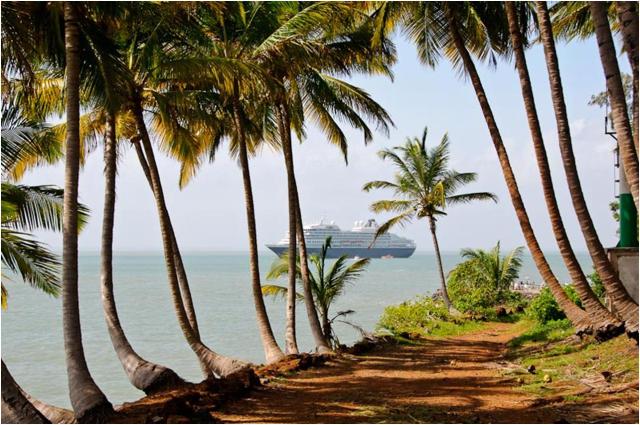

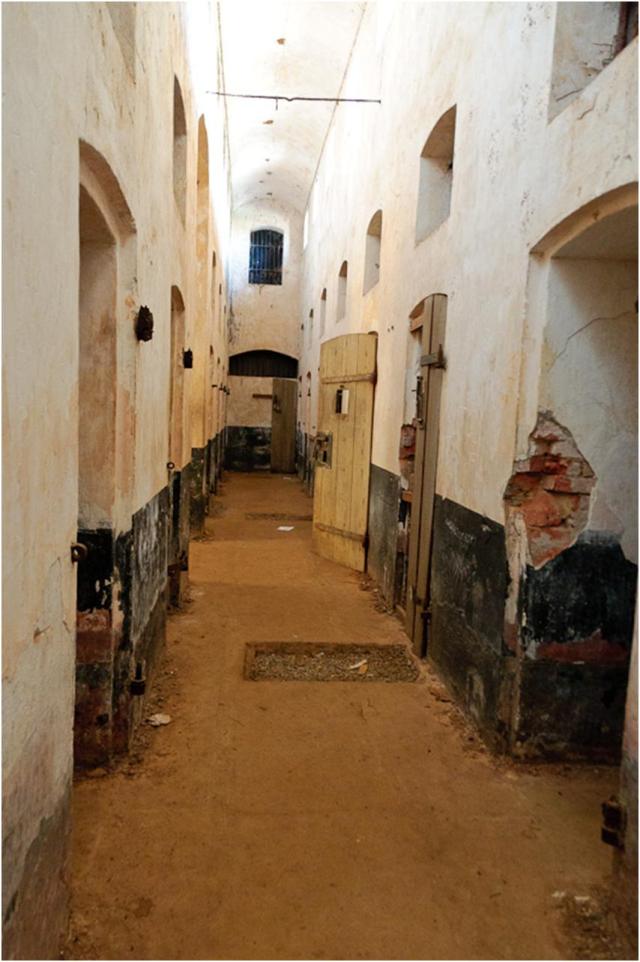
All of the above are from Devil’s Island, Fr. Guiana
Macapa, Brazil. About the only thing that really made an impression on me in Macapa was the Zero monument on the equator. For some reason this had a greater impact on than I expected. I have always loved geography and I guess the opportunity to stand in two hemispheres at once just appealed to me.

Boca da Valeria, Brazil. What can I say about this stop. It is impossible for us in America, even the most abject poverty stricken of Americans simply cannot imagine what life is like on the bank of a wild river which can, and almost always does flood every year. There are no roads, no airports. The river is the only means of transportation and the lively hood consists mainly of what they can grow or catch. The one or two cruise ships which stop each year provides some assistance both from the passengers and Holland America Lines. These are a beautiful proud people who have no hope of escape from their situation. It was a very moving experience for me.
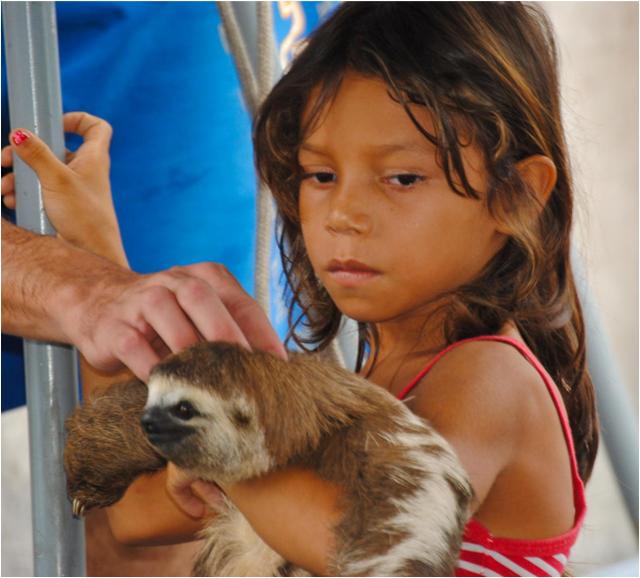

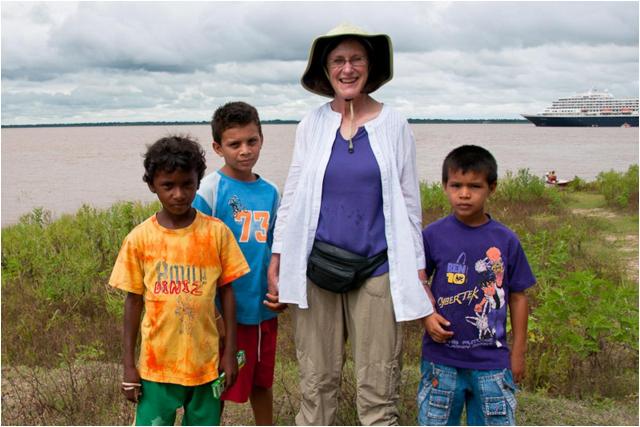
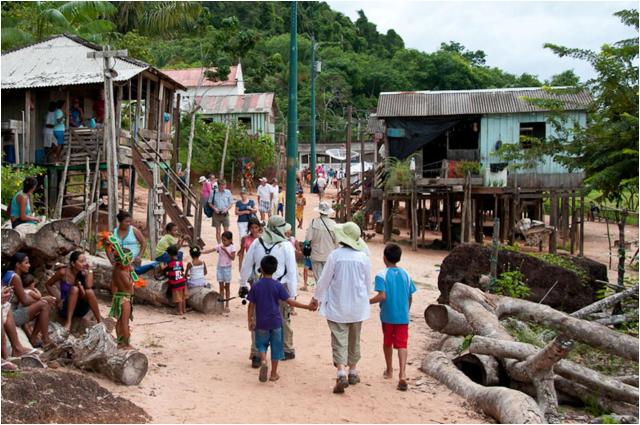
Manous, Brazil, about a 1000 miles up the Amazon, was one of my least favorite ports. The town was large, rundown with much poverty and crime. There were two of our fellow passengers mugged here. The city held nothing I cared for. On the other hand, we had probably the most exciting excursion of the entire voyage in Manous. We took what turned out to be a 10 hours tour is a small boat up and across the Amazon and proceeded into several smaller tributaries. There were about three times when I actually felt my life was in danger. Not from muggers, but from the inherent dangers we faced on the river. If you have never been caiman hunting after dark on an isolated tributary of the Amazon, well you have never lived! Then the boat ride back about 3 miles up the tributary and across the Amazon at full speed in the dark…. All I could think about were the 4 foot diameter logs we had seen floating in the river during the day. If we hit one of these, it would have been all over for us. If we didn’t die from impact, there were always the piranhas, caimans and anacondas to get us, that is if we didn’t drown first…..
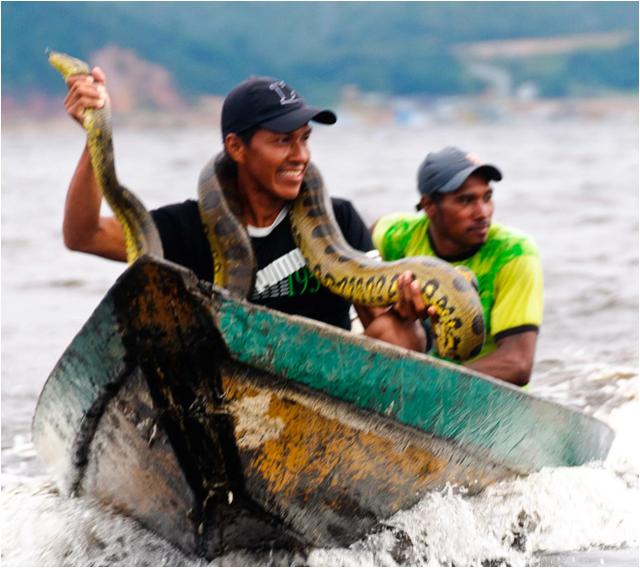

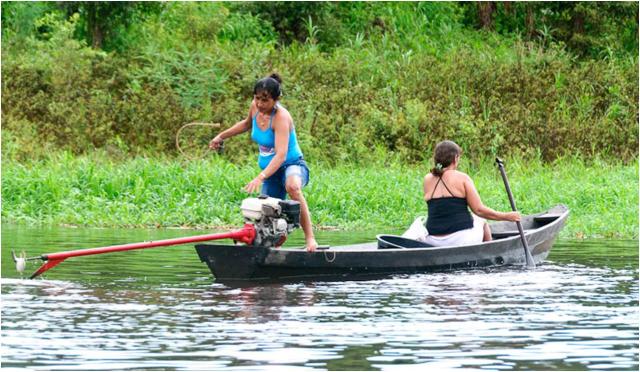
Life is hard on the Amazon and unforgiving. Nevertheless there is great beauty here, just keep me out of the cities!

Despite its beauty, this walkway just didn’t feel safe to me. I was glad when I was off of it.
The next four ports in Brazil were Alter do Chao, then Beleme at the mouth of the Amazon, Fortaleza and finally Maceio. Although each of these ports had something to offer, especially the beauty in Alter do Chao and Maceio, I can honestly say that I would not go out of my way to plan another visit to any of these towns.
Salvador da Bahia, Brazil is a large city with strong African influences. It was an interesting and colorful city with the most magnificent cathedral we saw on our trip. The elevator used to transport one from the lower level of the city to the upper level is quite unique.
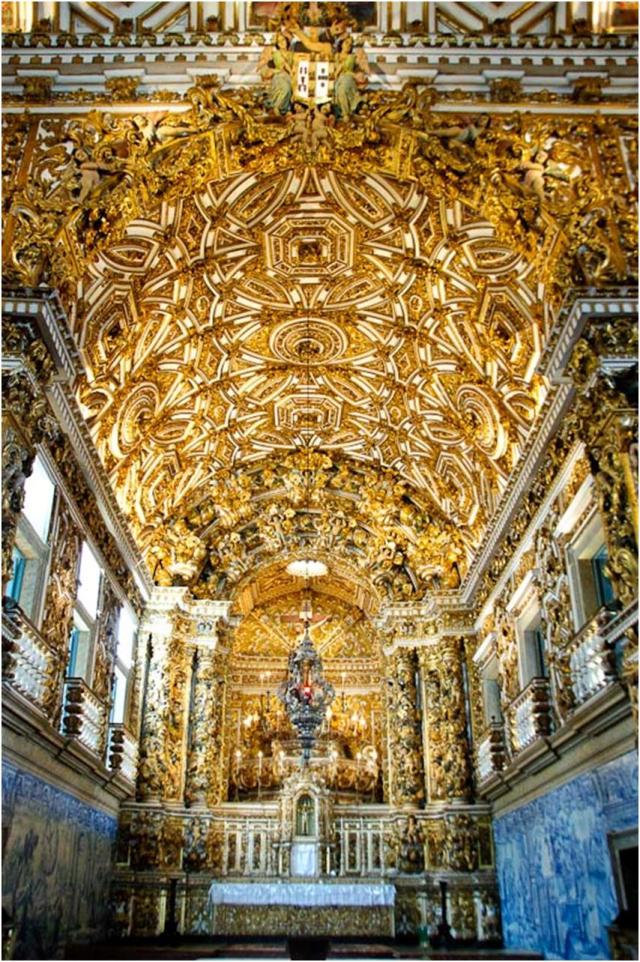
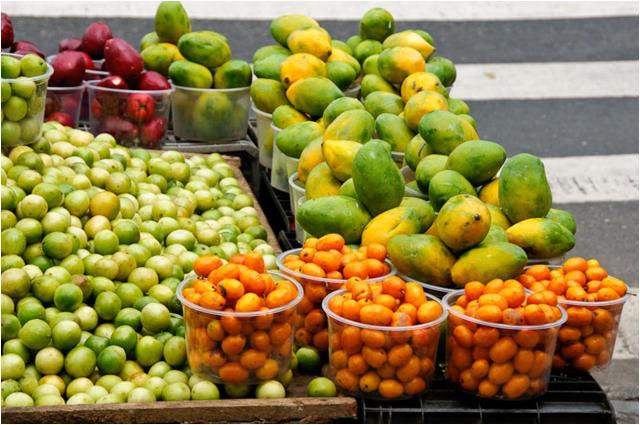
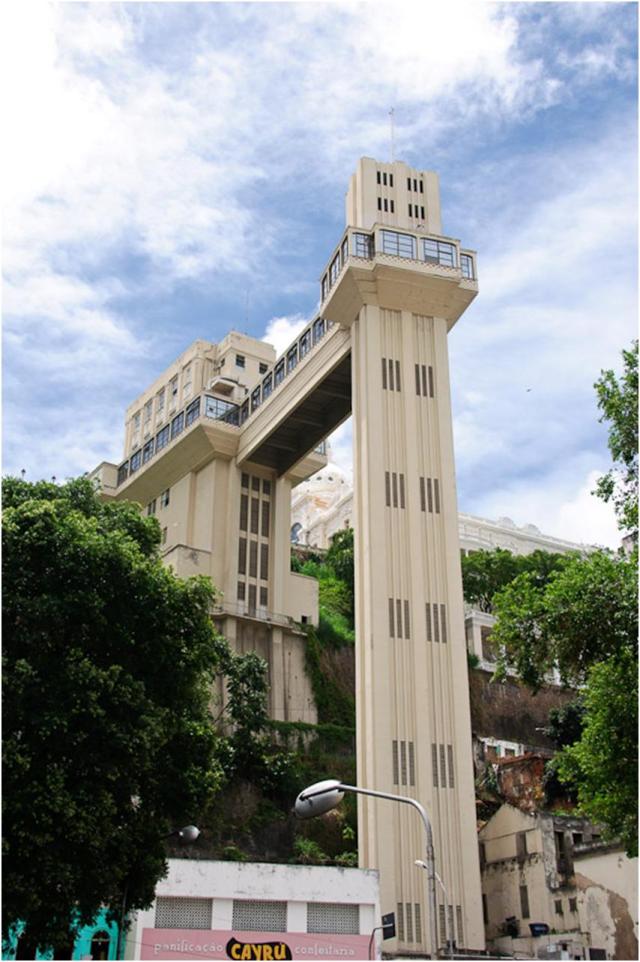
Ilheus, Brazil is another east Brazilian coast city which I could skip next trip. It’s not that there was anything bad about Ilheus, it’s just that there wasn’t anything in my opinion which made it stand out for so many other of the east coast Brazilian cities.
Our next port was Rio de Janeiro. Of course if you have the opportunity to visit Rio you must. It is huge and beautiful. Sugarloaf Mountain and Christ the Redeemer should be on everyone’s bucket list. As you have probably already discerned, I am not a big city person; nevertheless I would put Rio on my repeat list. There is just too much to see and do in the short span of two days. The beaches, the parks, the museums and the people all deserve more time and attention.
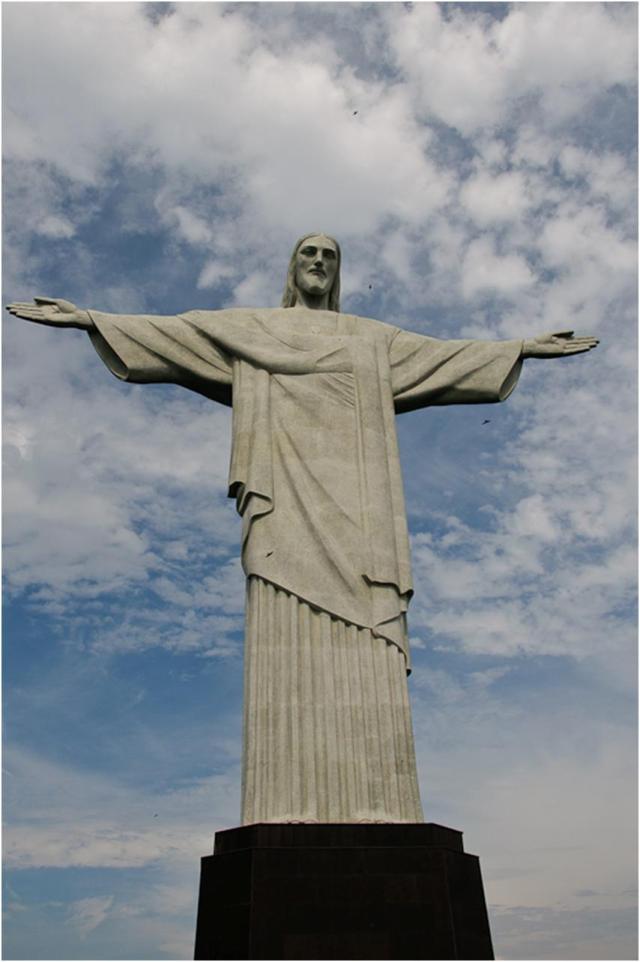

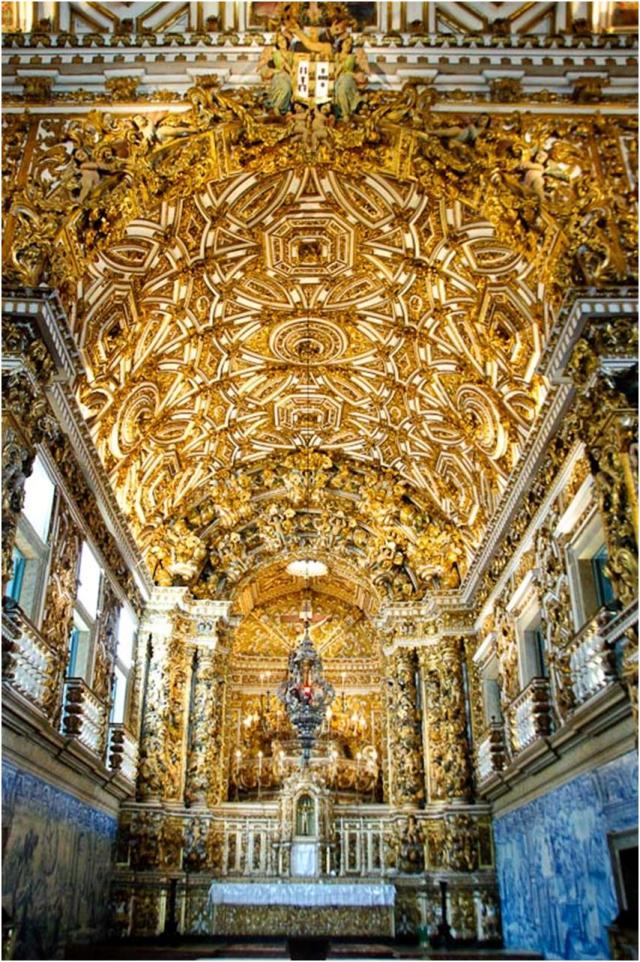
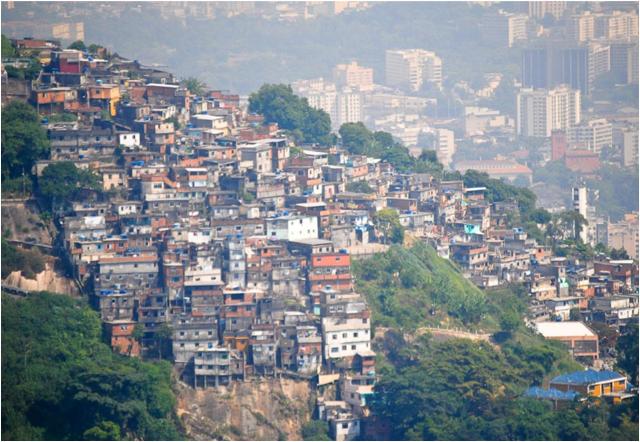


Then came a surprise; Parati, Brazil. This port was added due to some port of call changes. This was a maiden port for the Prinsendam and also I believe for any Holland America ship. This is a small quiet colonial town, which for the most part is unchanged for the past 200 years. It is a favorite location for local tourists, but not frequented often by foreigners. Here we found much beauty and a quiet serenity not found in the cities. This is a place where I could come and spend a quiet restful week.



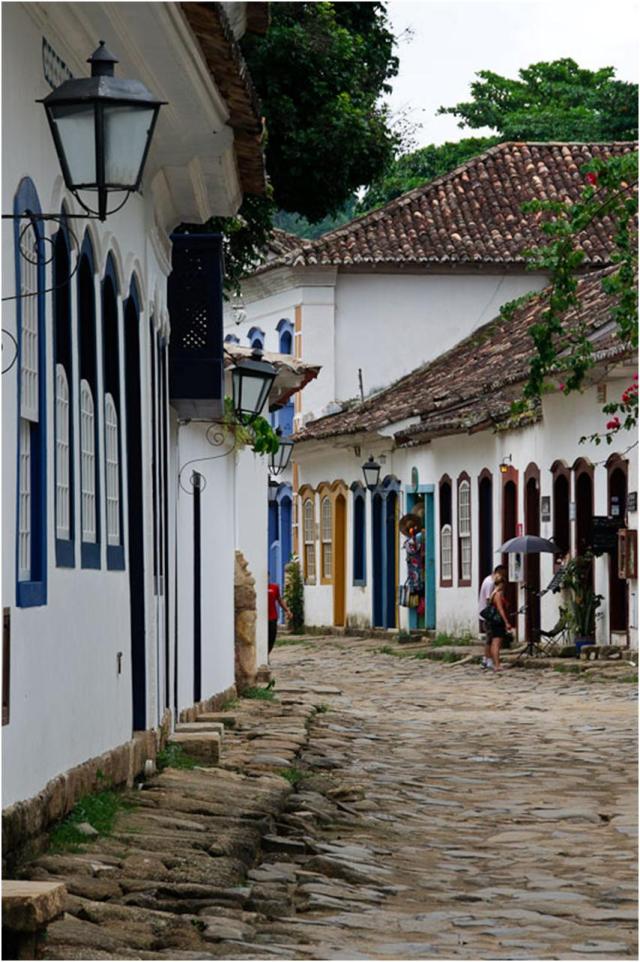
We left Pariti (pronounced Parachee) with light hearts and a smile on our faces. After two fun and restful days at sea we arrived in Montevideo, Uruguay. Montevideo is a modern European like city which was not overwhelming in size. I really enjoyed our day in Montevideo. I would very much like to return someday.


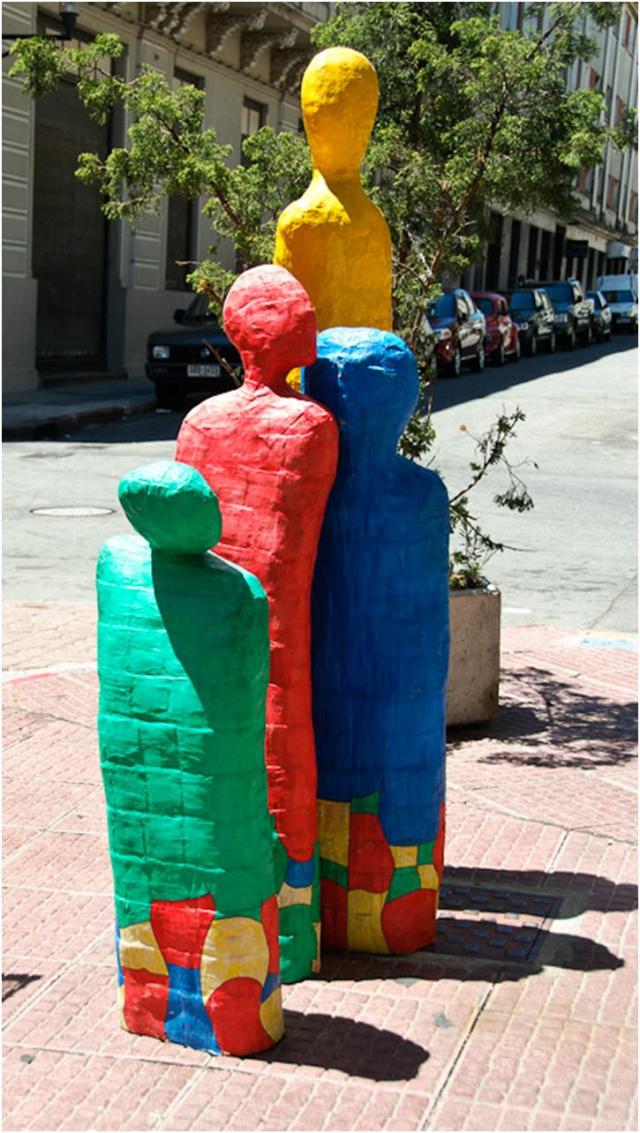
Next stop – Buenos Aires, Argentina. Again, this is a huge city, but beautiful with much to see and do. We spent two full days. My favorite things were visiting the tomb of General San Martin, the Tigre River and the river people and of course the tango….
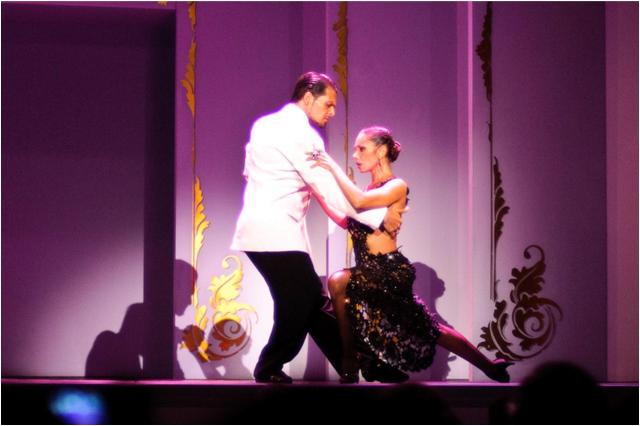
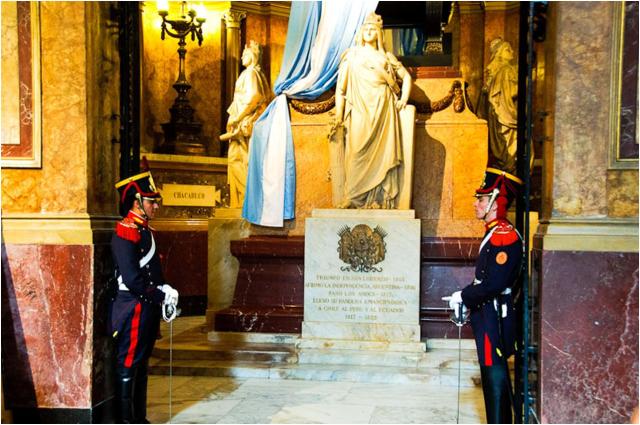
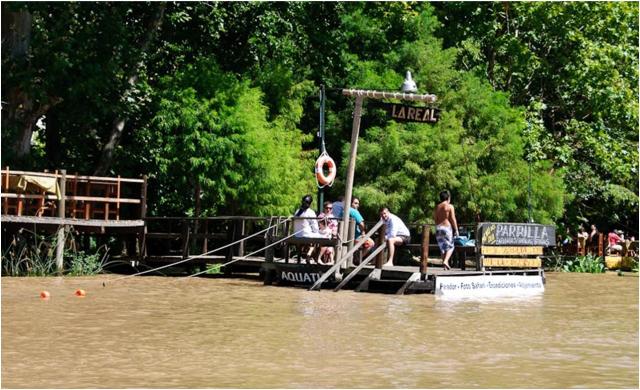
After we left Buenos Aires, we enjoyed another two sea days. These days were filled with lectures about the Antarctic as well as many other fun and educational activities. When we arrived at Stanley Falkland Islands there was some doubt about whether we would be able to tender to the dock. We did manage to get ashore and I am certainly glad we did. Stanley is a quaint British town in a very harsh environment. We enjoyed the people, the penguins, the food and the town. I would return.
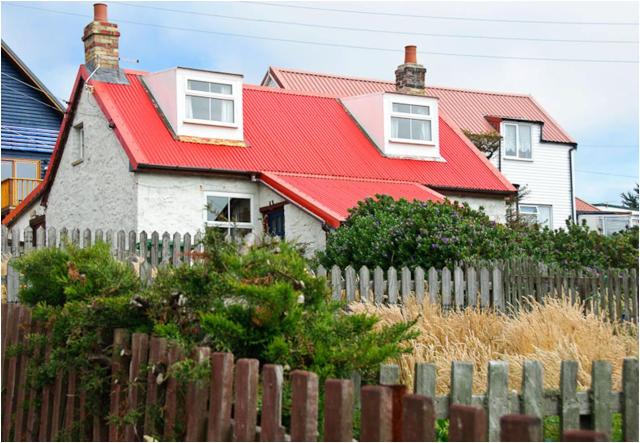
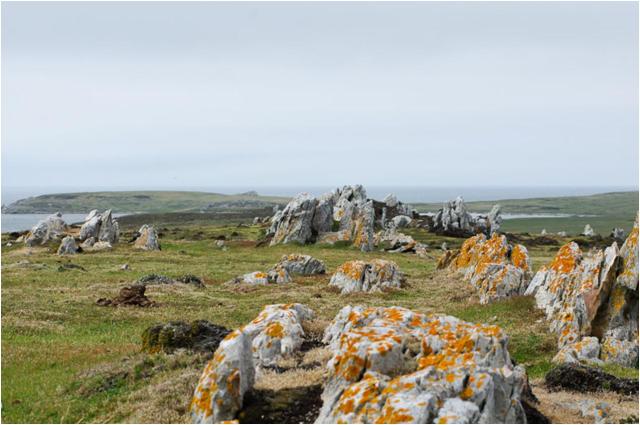

We departed the Falklands early Wednesday evening on February 10 on our way to the Antarctic. We spent the next five days at sea and enjoyed the most spectacular scenery you could imagine. No photos or videos can possibly compare the experience of standing on the open deck with the grandeur of the Antarctic completely surrounding you. I guess if I had to choose a single favorite location for our journey, it would be the Antarctic. There is just simply nowhere else on earth that can compare or compete for the sheer beauty and scale.
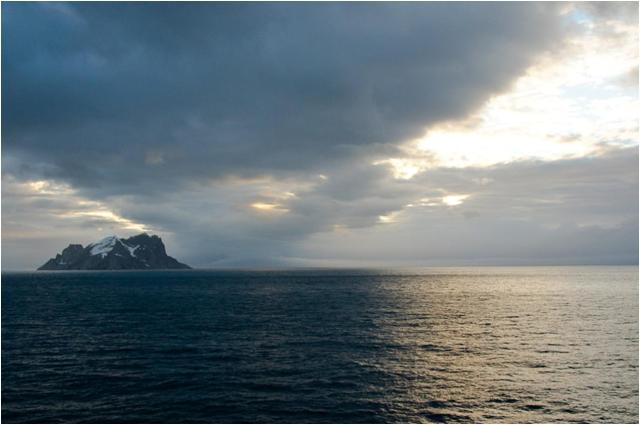



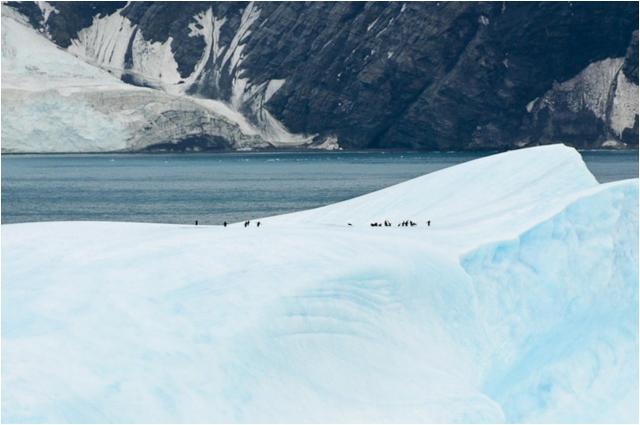


Late on the last day at sea, we rounded Cape Horn. This too was a very exciting part of our trip. This is a piece of geography which contains so many stories and so many tragedies. If only the Cape could talk!

Ushuaia, Argentina was another of my favorite ports. I only wish we had more time here! I would really love to return to southern Argentina and Chile, the Patagonia area and spend a month at least. The country is absolutely beautiful.
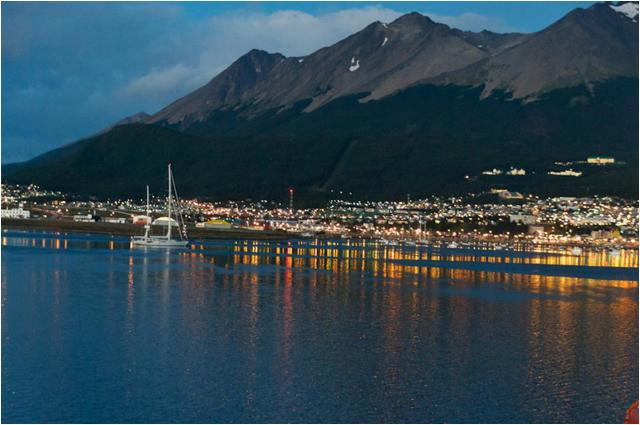
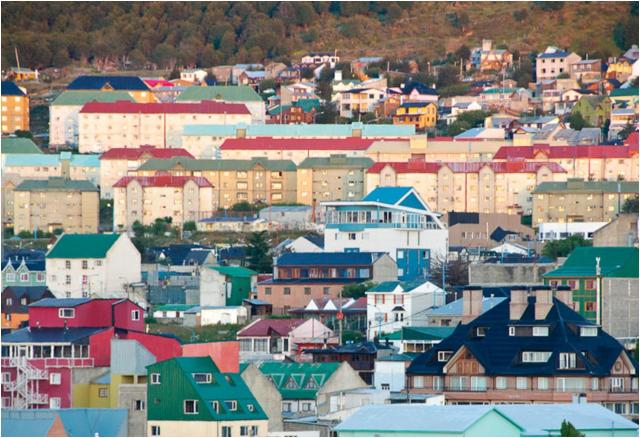
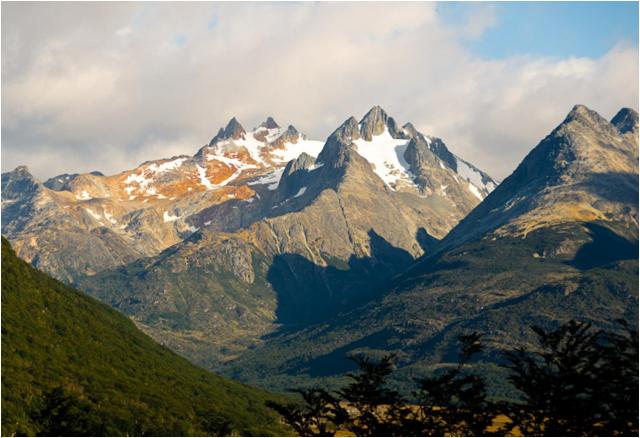
We left Ushuaia in the early afternoon and proceeded up the Beagle Channel. The beauty was non-stop. Glaciers, snow capped mountains and the feeling of almost total isolation. There are no towns, no villages and only a few small boats were spotted.


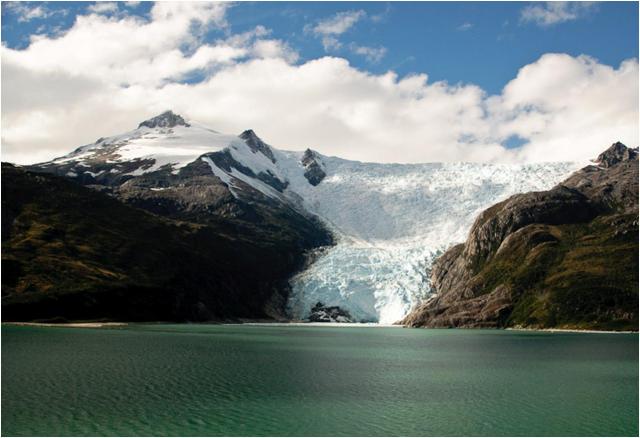

On Thursday, February 17 we arrived in Punta Arenas, Chile. This was an interesting and fun stop. I would like to revisit every stop we made on the western coast of South America. To me western coast of South America was much more interesting that the eastern coast.

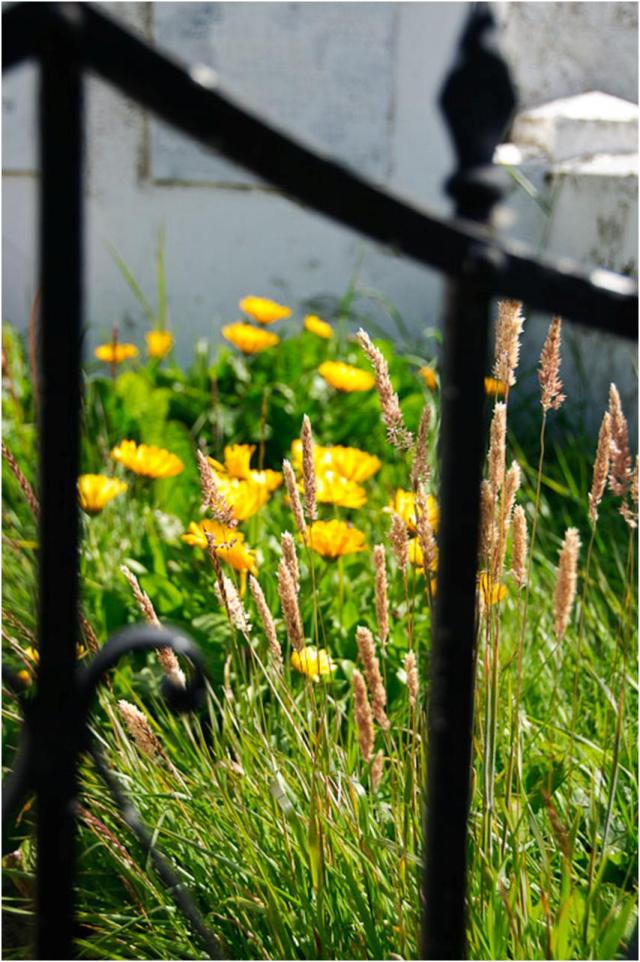



After two more days in the Chilean Fjords and the Pacific we arrived in Puerto Montt, Chile. Everything I said about Punta Arenas also applies to Purto Montt (except we saw no penguins).

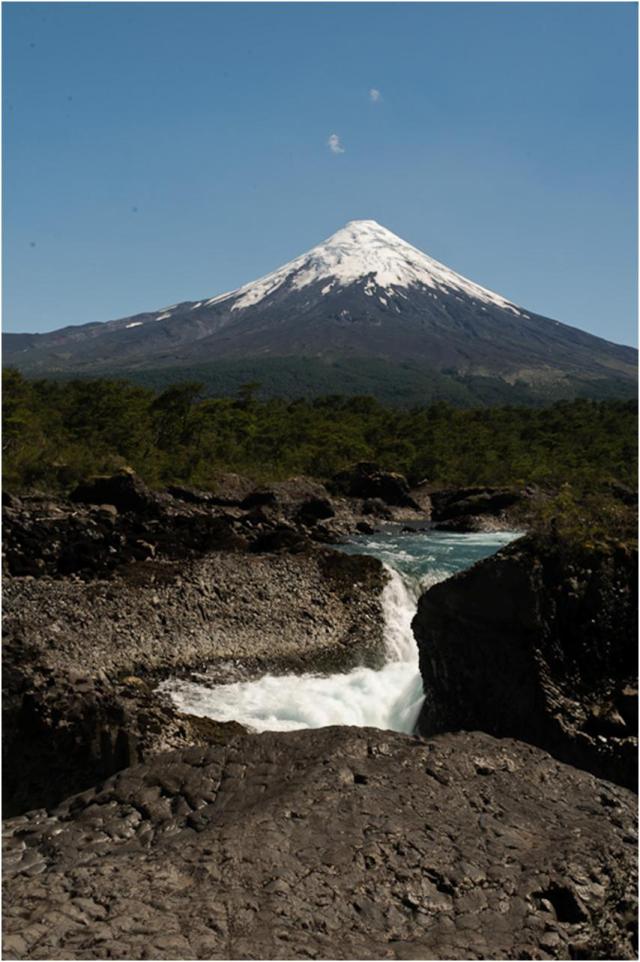
500 miles later we arrived at the Isla Robin Crusoe, Chile. This was both a beautiful and heartbreaking stop. We arrived almost exactly one year after the tsunami of February 2010 took the lives of over 20 persons on this small island with a population of only. The devastation was still very evident and much rebuilding was still needed but nevertheless the locals welcomed us and some fellow passengers even were invited to lunch in private homes. I would love to return in a few years to see the progress.
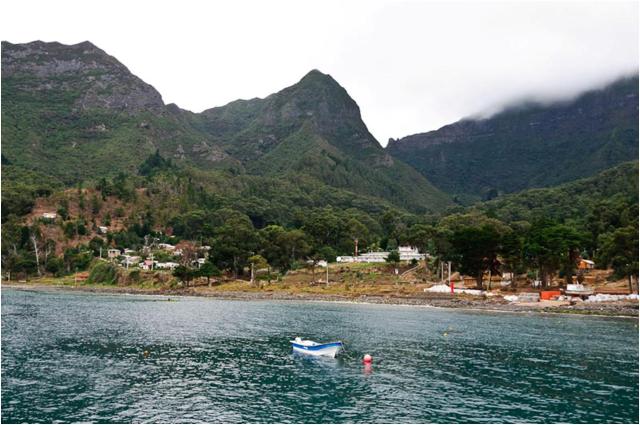


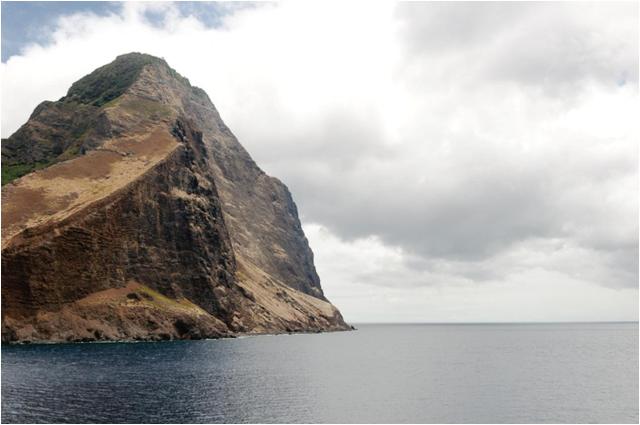
Our next port was Valparaiso, the port city for the capital of Chile, Santiago. I absolutely loved Valpo. I didn’t even make the 60 mile trip to Santiago, although I understand it was a beautiful city. I could easily spend a week in Valparaiso…. I loved the colors, the street art and the elevators between city levels. And everyone seemed to be happy. We spent two days exploring the city and only touched on all the things to see.
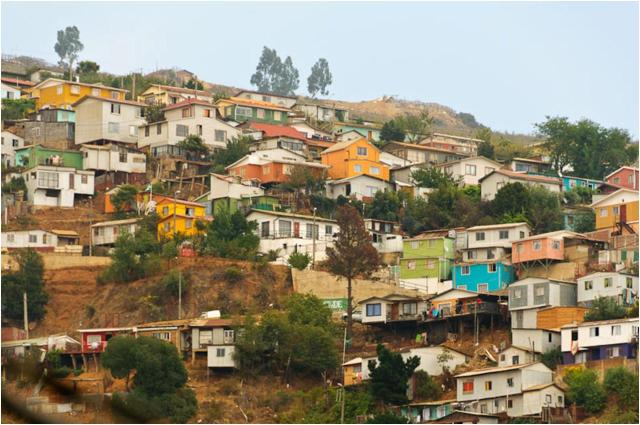

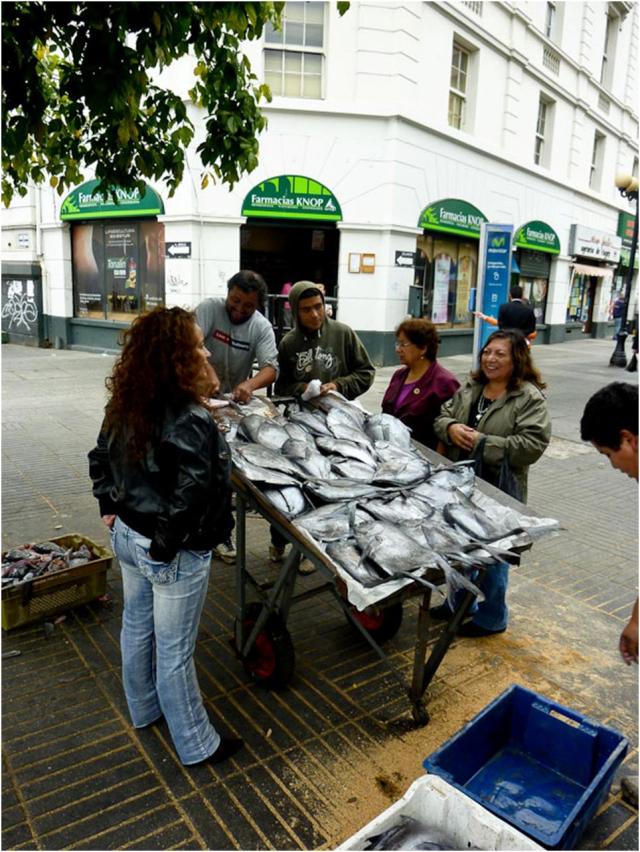
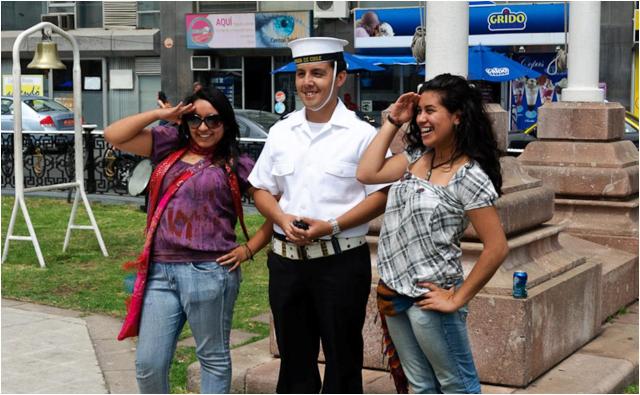

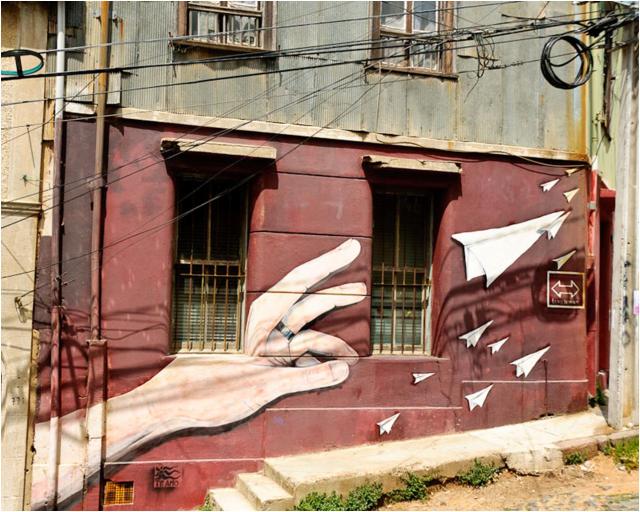

After two more days at sea we arrived at the port of General San Martin. We had been warned, but this was truly just a dock; and a commercial dock at that. The major export here is salt and it was everywhere. This small town serves as the port for the city of Pisco, Peru. We didn’t get to Pisco but we had an incredible time seeing the sights of the upper Atacama Desert and the wildlife fill island of Ballestas. I loved this area and would certain return if I get the opportunity.



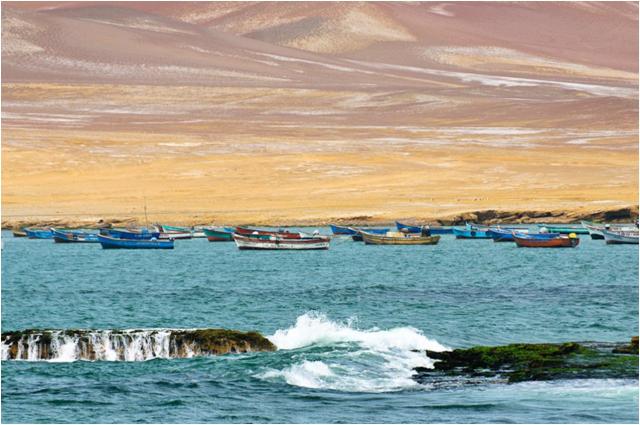



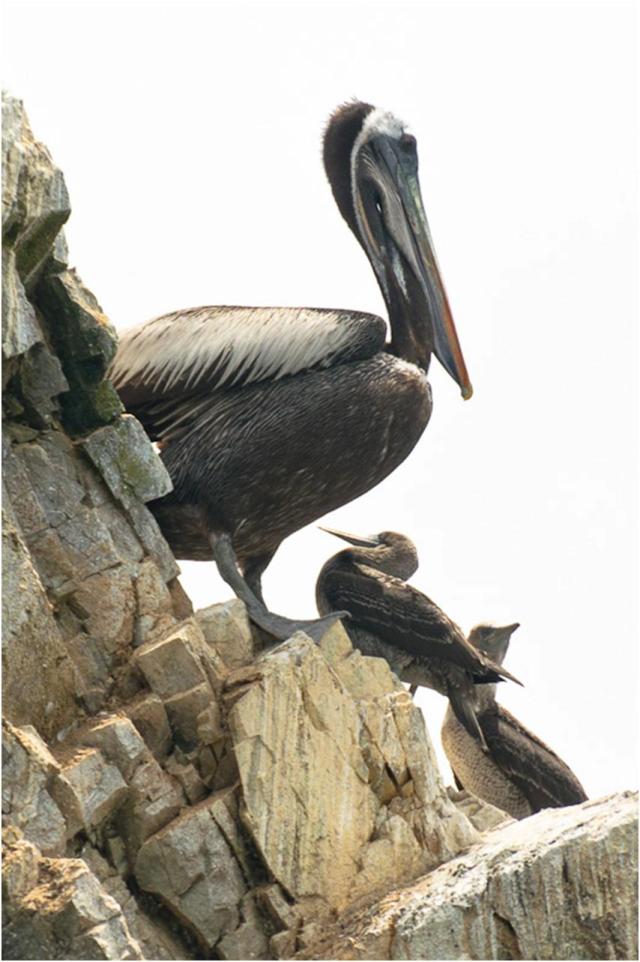

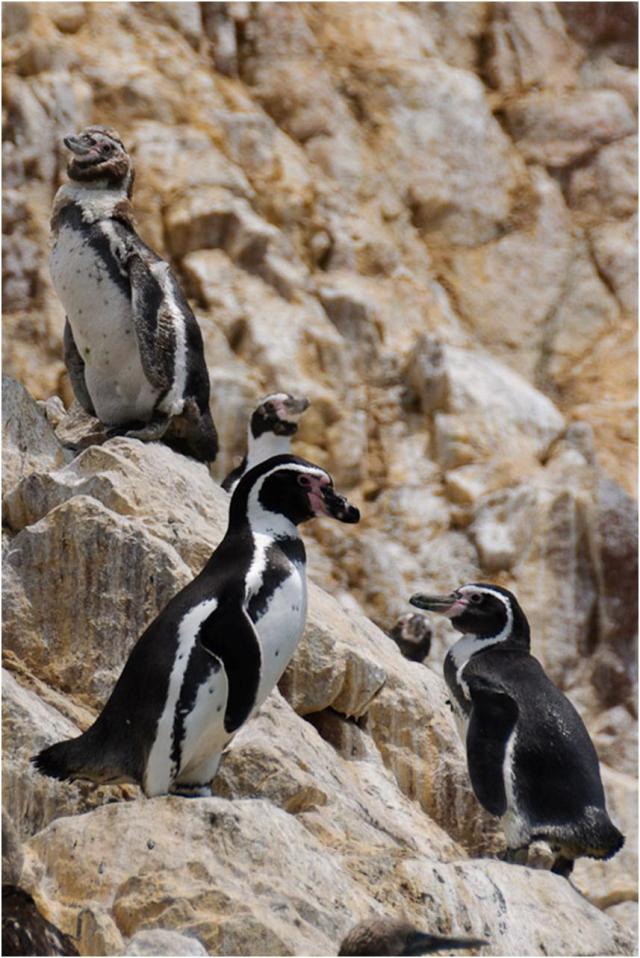
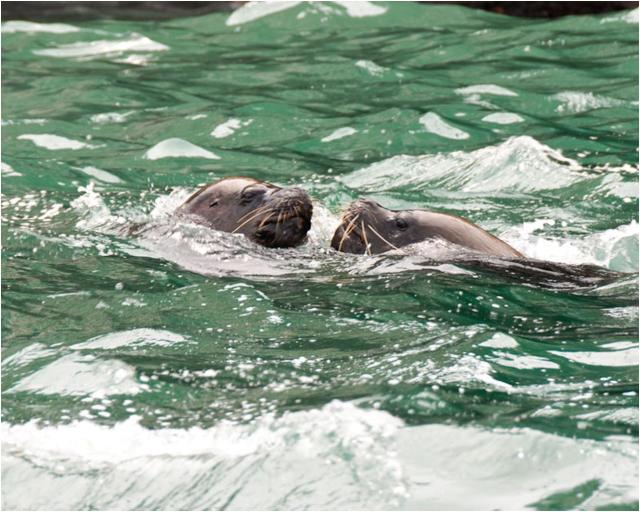
We spent two days in Callao, the port city of Lima, Peru. Well actually we spent the two days in Lima; we had full day tours planned for both days. Lima is an interesting city, huge and sprawling. There are many nice museums and the Larco ceramic museum of pre-Columbian artifacts was my favorite stop. The San Francisco Cathedral catacombs also were exciting to visit, but disappointingly photography was not allowed.
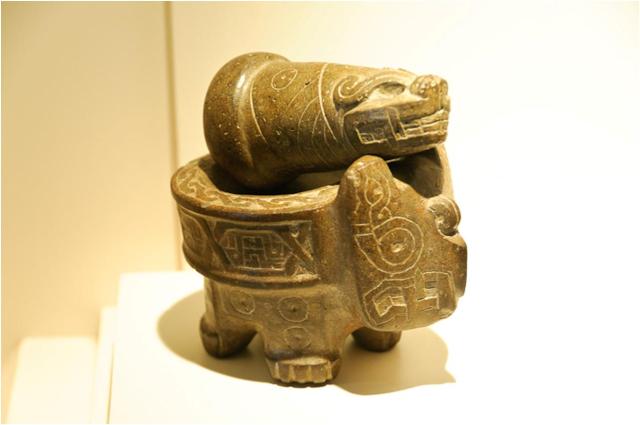



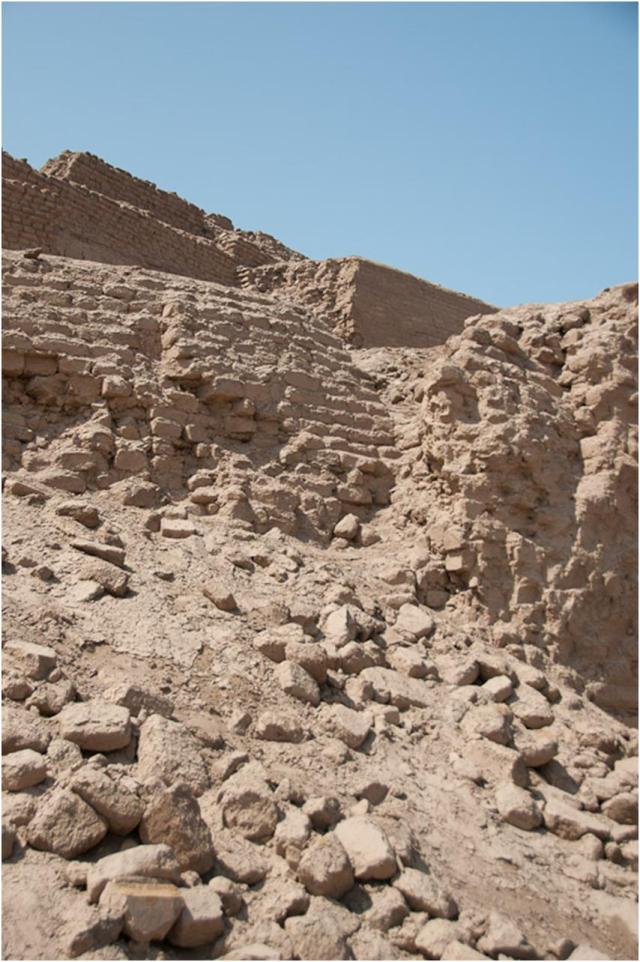

After two more fun days at sea and then Manta, Ecuador. I would like to return to Ecuador some day.
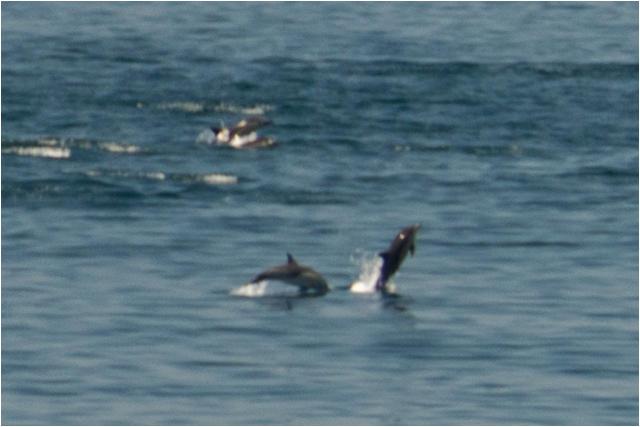

One day was spent watching wild life in the ocean…



Tuna and Panama Hats were the big attractions in Manta.
The transit of the Panama Canal was a thrill. Other than the canal, I didn’t see a lot in Panama which would entice me to return.
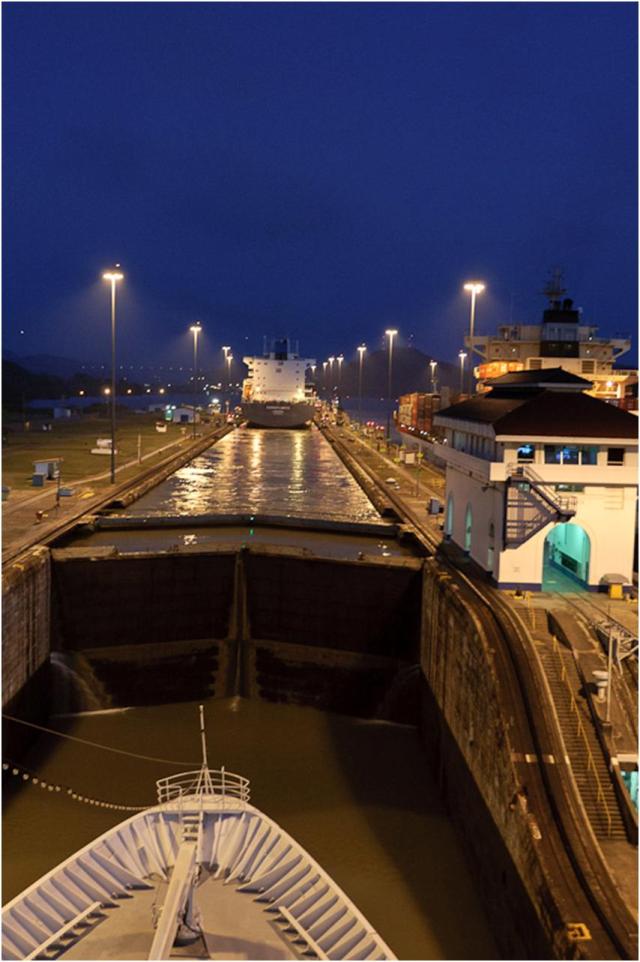

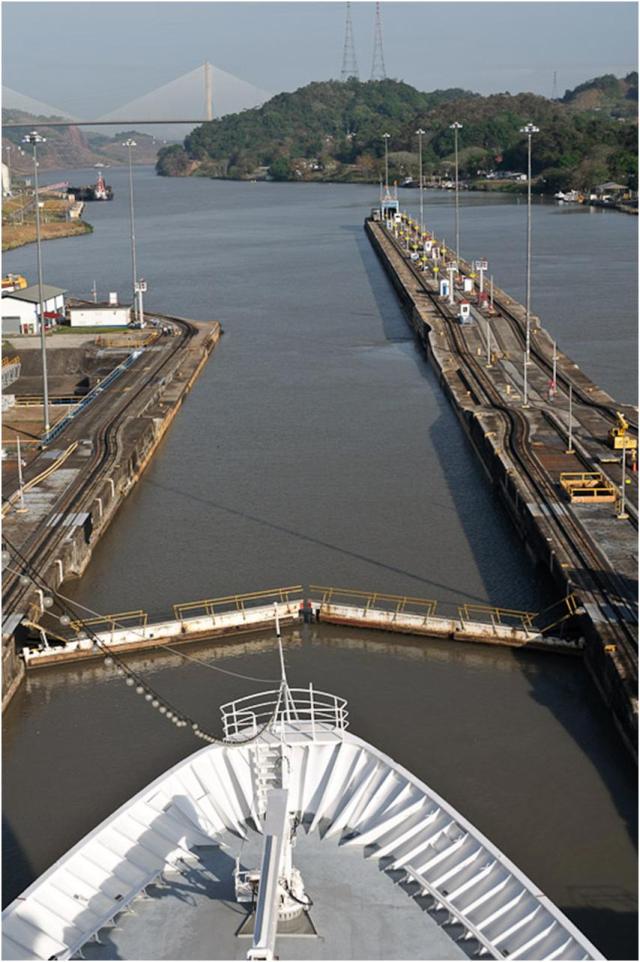
Aruba was beautiful, but let’s face it, it’s just another beautiful Caribbean Island. I wouldn’t mind returning, the locals were very nice and it seems to live up to its motto “One Happy Island”.

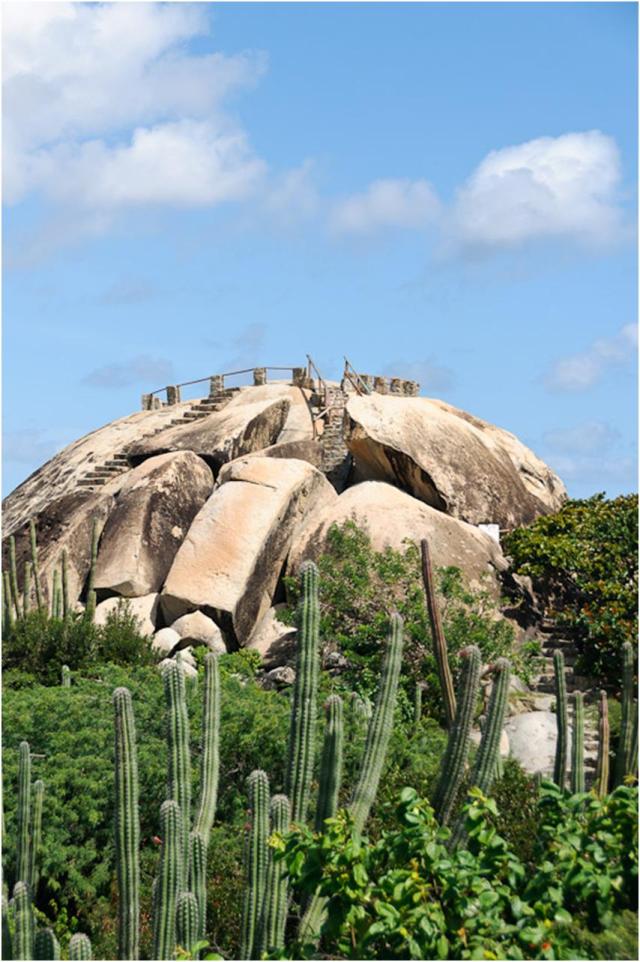
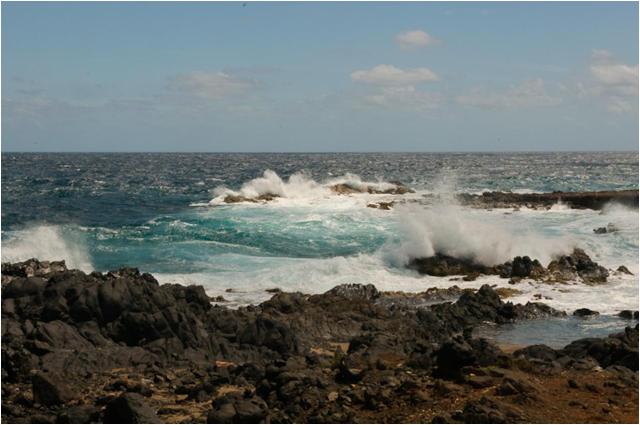

In Summary:
The last cold beer on Robinson Crusoe Island $3.00….. (and it really was the last!)
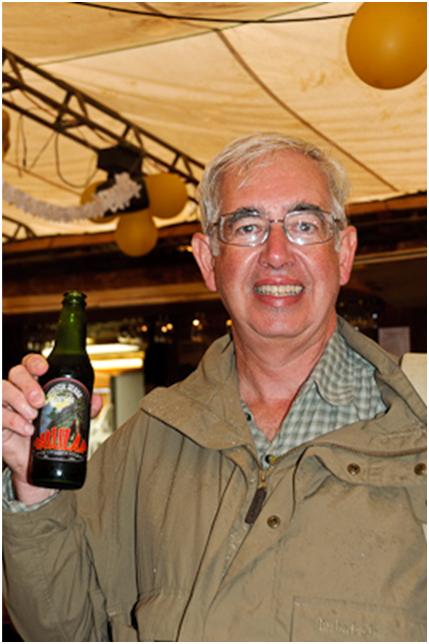
A ride on an Elevator in Valparaiso $0.15 (and worth every penny – better than Six Flags!)
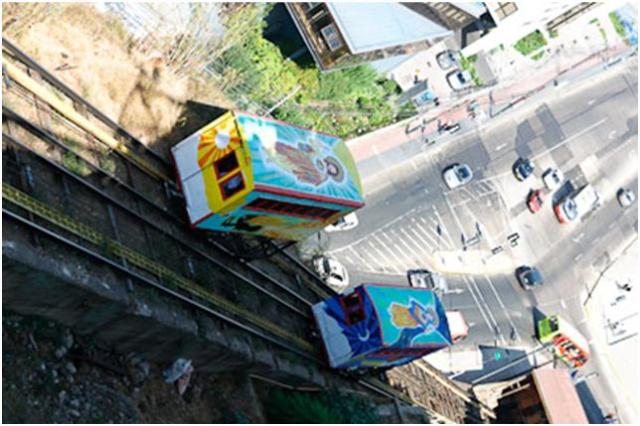
Spending time with old friends and new….. PRICELESS



Mike and Pauline

Karen
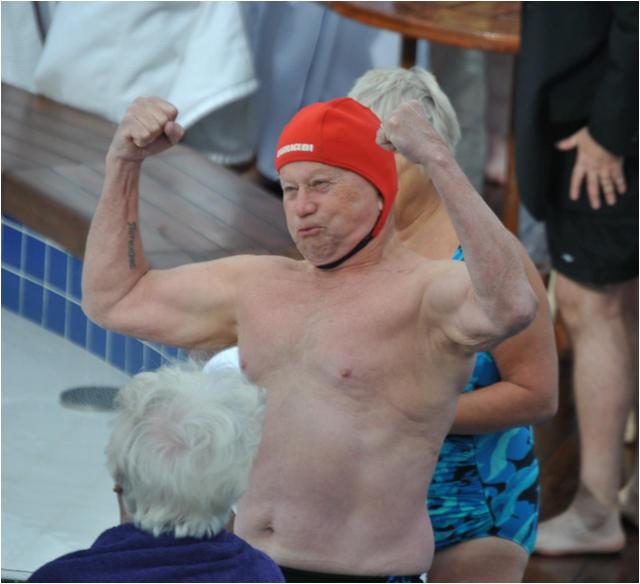
Joe
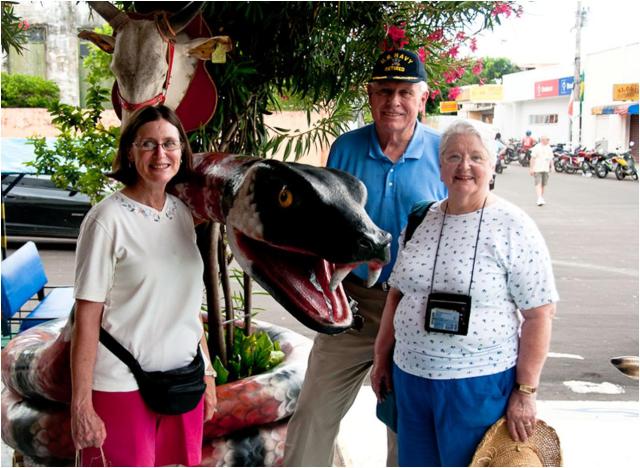
Dot and Tom

Karen and Brad
Just to name a few……
It’s been fun, and now I expect everyone who has persevered through my musings to take the plunge and do a blog the next time you travel.
Thanks for reading,
Wendell
Posted in Ports of Call
7 Comments
Day 64 – Wednesday, March 9 – Oranjestad, Aruba
Aruba is a 33 km-long island of the Lesser Antilles in the southern Caribbean Sea, located 27 km north of the coast of Venezuela. Together with Bonaire and Curaçao, it forms a group referred to as the ABC islands of the Leeward Antilles, the southern island chain of the Lesser Antilles.
Aruba, which has no administrative subdivisions, is one of the four constituent countries that form the Kingdom of the Netherlands, together with the Netherlands, Curaçao, and Sint Maarten. Aruban citizens hold Dutch passports. Unlike much of the Caribbean region, Aruba has a dry climate and an arid, cactus-strewn landscape. This climate has helped tourism as visitors to the island can reliably expect warm, sunny weather. It has a land area of 69 sq miles and is densely populated with its estimated 103,000 people. It lies outside the hurricane belt.
Oranjestad (English, literally “Orangetown”) is the capital and most important city of Aruba located on the southern coast near the western end of the island. In the local language, Papiamento, Oranjestad is often referred to simply as “Playa”.

The town was built around Fort Zoutman shortly after it was built in 1796. Initially the town had no official name, being known only as the town on the Bay of Horses – a fitting designation for the place from which many native-bred and raised horses left for neighboring Curaçao. The town has ever since been the capital city of the island. The fort is still one of the town’s attractions, others being the tax-free harbour and the Willem III Tower, located near the fort.
The city is named after the first King Willem van Oranje-Nassau (William of Orange-Nassau) – the first heir to the Dutch House of Orange. The name was conferred on the city in the 1820s when interest in Aruba increased due to the discovery of (alluvial) gold deposits.
This was our first visit to Aruba and we found it much different than the other Caribbean Islands we have visited. It is much more arid, actually a desert island. Kay and I shared a taxi with Sharon and Al Johnson from California. I met Sharon on the Cruise Critic forum prior to the cruise. She had posted that she and Al were interested in touring the island with special interest on photographing the island scenery. We had a very nice tour with Ivan, our driver/tour guide.
Since I am several days late with this post, I am not going to include much commentary. I do plan a post soon to summarize the cruise and give our overall impressions. As I write this, it is Sunday the 14th and we are in Mobile, Alabama. We did make it back to Canton yesterday afternoon and left for Mobile this morning, unfortunately, to attend the funeral of Kay’s aunt who passed away at the grand old age of 97.
Now for a few photos!
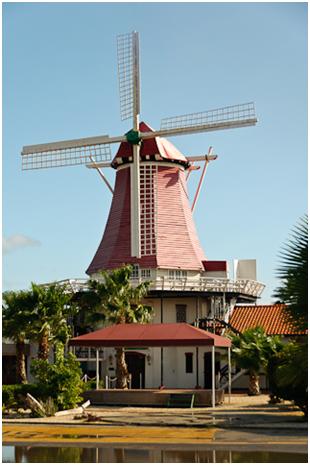
Original Dutch windmill, brought from Holland piece by piece.

Aruba’s motto is “One Happy Island” and the islanders seem to live up to the motto.
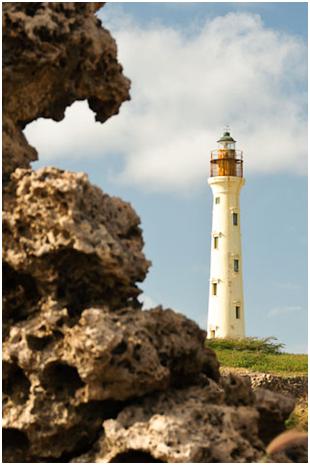
The California Lighthouse

Children from the San Francisco Church School, leaving the church after the Ash Wednesday Service; note the cross on the children’s foreheads.
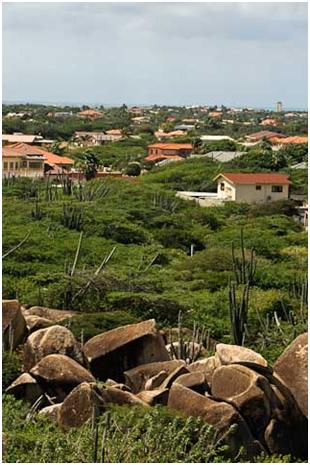
View from the top of the Casibari Rock Formations
Casibari Boulders Clusters of huge tonalite boulders sit together in an area just north of Hooiberg. This rock formation, unique to the more typical features of the area, inexplicably rises up from the desert soil to create an unusual setting. Some of the boulders weigh several tons and feature peculiar forms.
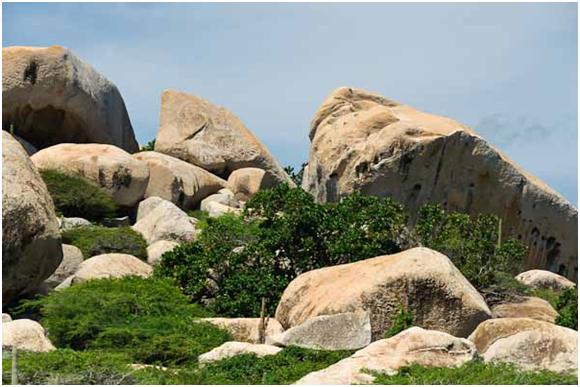

There are no “Nanny State” safety requirements here to diminish the beauty of the formations. They expect you to use commons sense and exercise good judgment.

Cave drawings at the Ayo Rock Formations area.
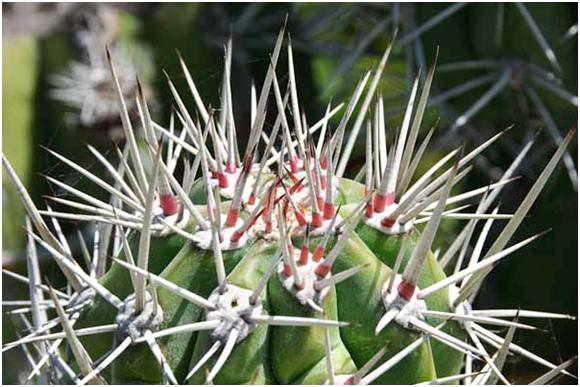
Aruba has many different cacti
The following photographs were taken on the North Shore of Aruba. This area is mostly part of a large National Park because it is pretty much uninhabitable due to the high and continuous winds from the north. The famous Natural Bridge is located here. The large one collapsed a few years ago. I have some photos of the smaller one, but honestly it was not all that impressive to me. The island has a few large wind turbine generators and hopes to install more to service the majority of the island’s electricity needs. For now though, just enjoy the beauty of the surf crashing against the rocks.
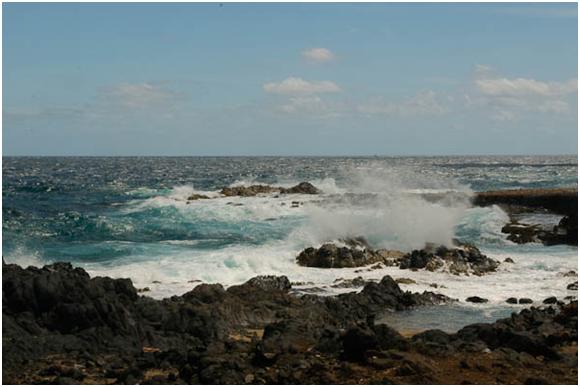


Back in town, Kay and I toured the downtown area and the mandatory vendor stalls. Pretty much one looked like another, except for this one. We immediately noticed that the goods for sale were of a different quality and type. While we were looking we met the owner, Sylvia. She is an artist and craftsman. The wares in her stall were probably 80% entirely made by her, her husband and her son. She and her son were actually working while we were there. We ended up purchasing a couple of small paintings by Sylvia as well as some jewelry crafted by her son. I am glad we had the opportunity to meet Sylvia.
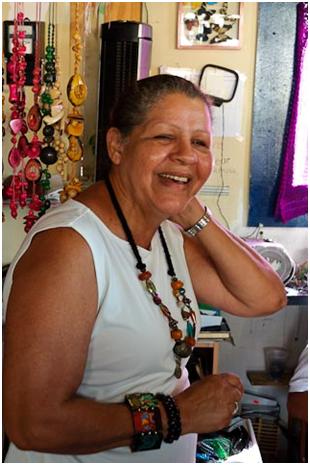
I will close this post with one more photograph. As we were docking, the first thing I saw from our veranda was another cruise ship. Of course, the first thing you do is try to identify the Line the ship sales for. Not seeing a Line name, which is usually quite obvious, I began looking for the ship’s name. When we came close enough to identify, I was surprised to see that the ship was The World. I first learned about The World a couple of years ago from a documentary done by the Discovery Channel or The Travel Channel. I have been fascinated by the ship since. I hope you enjoy the information.
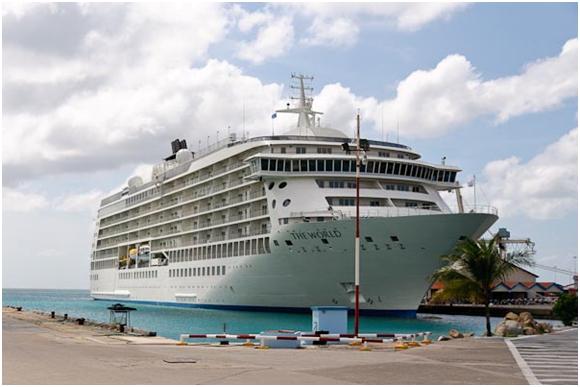
The World is a private sailing condominium. The following quote comes from their website. “The World opens a vast amount of opportunity to travel the world in an exclusive community as either a Resident or vacationing Guest. With 165 private residences located aboard, many Residents call The World home on a consistent basis while others open their doors temporarily for short term rentals that allows others a unique vacation experience unlike any other. ”
You can rent a 2 bedroom apartment for 2 persons including meals and select beverages or between $3,000.00 and $5,000.00 per NIGHT.
The World does not publish sale prices, but from Wikipedia “As of 2010, a 328 sq ft studio (Ocean Studio 661) has a list price of USD $600,000. Ocean Residence 1006 (2 bedroom, 2.5 bath) list price USD $2,950,000. The World Suite 1108/1110 list price USD $13,500,000.
Monthly homeowner dues range from $20,000 per month (for the smaller units) and up ($220,000), and cover fuel, crew, maintenance and a meal allowance for the owner.
For more information see their website at www.aboardtheworld.com .
Their itinerary may be found at: www.aboardtheworld.com/our-journey/itineraries/2011 .
Posted in Ports of Call
1 Comment
Day 61 & 62 – Sunday & Monday, March 6 & 7 – Panama Canal

From the buoyed entrance channel in the Gulf of Panama (Pacific side), the Prinsendam traveled 8.2 miles up the channel to the Miraflores locks, passing under the Bridge of the Americas. We did this during the morning darkness. The Prinsendam lifted anchor about 4:45 AM.


During the early morning start toward the locks, the crew set up stations with coffee, hot tea and “Panama Rolls”; delicious pastries filled with sweet cream cheese.
The two-stage Miraflores lock system, including the approach wall is 1.1 miles long, with a total lift of 54 feet at mid-tide.

An early morning view of the Miraflores locks as we approached. Notice the neon arrow directing the ship to the proper lane.
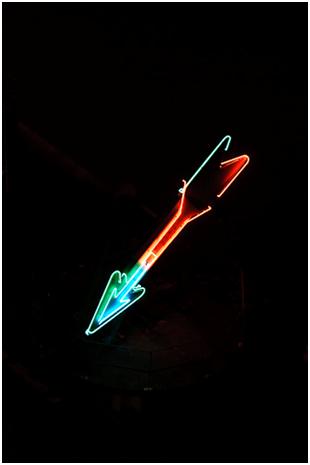
Kay said the arrow looked like an old Bar sign. If it were only flashing!

Inside the Miraflores locks

The artificial Miraflores Lake is the next stage, 1.0 miles along and 54 feet above sea level. Here you can see the lake beyond the gates which are opening. It is just now becoming daylight.

This photo shows some of the work being done on the new lock expansion project which is underway. This is the area where the new locks will enter Miraflores Lake beyond the current Miraflores locks. The new locks are expected to be operational in 2014. They will allow much larger ships to transit the Canal.
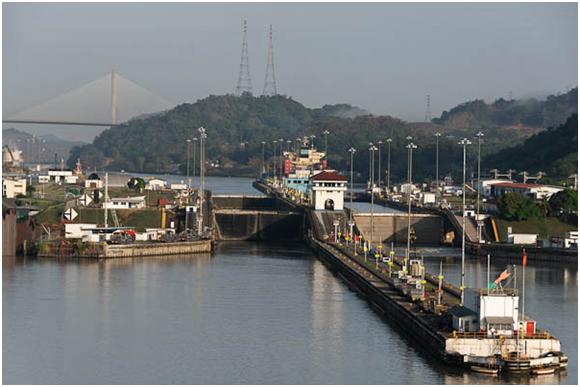
The single-stage Pedro Miguel lock, which is 0.8 miles long is the last part of the ascent with a lift of 31 feet up to the main level of the canal.

Here is one of the “mules”, the locomotives which attach to the ships and their purpose is not to pull the ship through the canal but to ensure that the ship stays centered in the canal. The ship actually moves through the canal under its own power. The current “mules” cost $2.2 million each.


The Gaillard *Culebra) Cut slices 7.8 miles through the contented divide at an altitude of 85 feet, and passes under the Centennial Bridge.
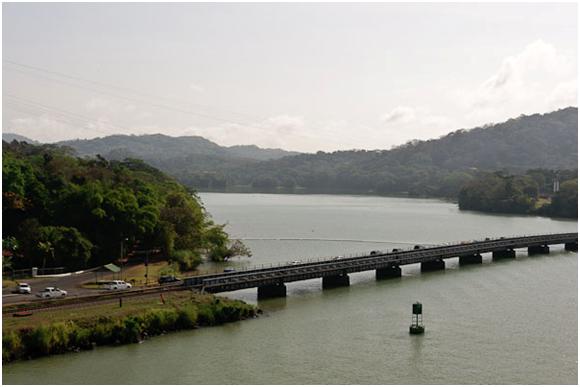
The Chagres River, a natural waterway enhanced by the damming of Lake Gatun, runs west about 5.3 miles, merging into Lake Gatun.

Gatun Lake, an artificial lake that was formed by building the Gatun Dam, carries vessels 15.0 miles across the isthmus.

The Gatun locks, a three-stage flight of locks 1.2 miles long, drop ships back down to sea level.
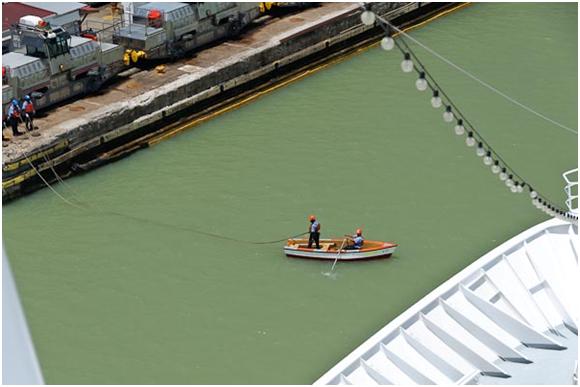
The workers still use a row boat to bring the rope to the ship which then hauls the 1 inch steel cable which is connected to the “mule”.
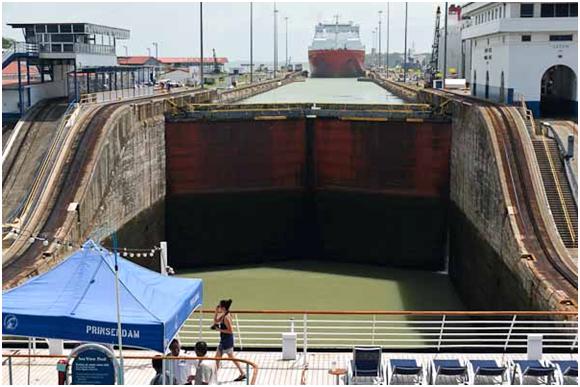
This view from the stern shows another freighter behind us, just waiting for us to clear this lock so it may descend.
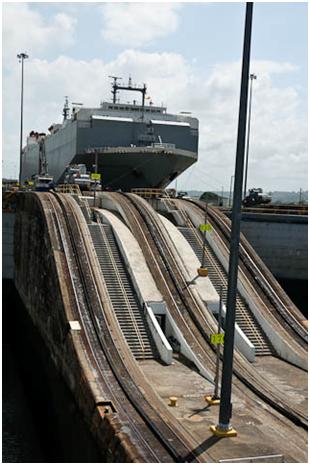
This was an interesting photo. This ship was in the lane beside us, all ships this morning were transiting from the Pacific to the Atlantic ocean. It appears the ship is on the railway and about to take a rollercoaster ride!

This photo illustrates the lock operation. We have just passed through the locks and are now at sea level. They are in the process of closing.

This photo shows an empty lock between the Prinsendam and a freighter which is just entering the canal at sea level to continue on to the Atlantic. A 2.0 mile channel forms the approach to the locks from the Atlantic side.
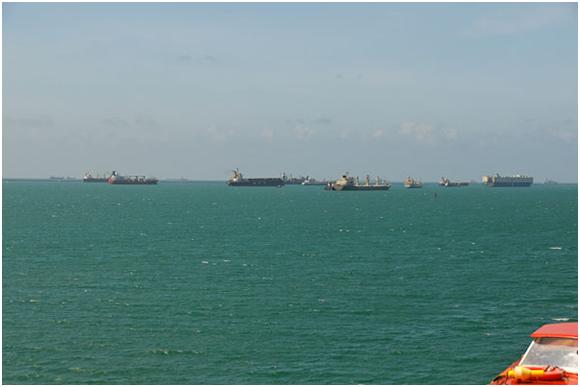
Limon Bay, a huge natural harbor, provides an anchorage for some ships awaiting passage, and runs 5.4 miles to the outer breakwater. There were dozens of ships waiting to make the transit from the Atlantic to the Pacific. The total length of the canal is about 50 miles.
I don’t know the exact fare for our crossing the canal, but the captain estimated it to be between $150-$200 thousand dollars.
I apologize for not posting sooner. We have been quite busy with the canal crossing and getting ready for our soon to arrive departure on the 12th. We have had a great week. We had the honor of having Firmin Van Walle, the Hotel Manager join our table for lunch during the Mariner Luncheon. Firmin is the number two man onboard the ship, behind the captain. The captain is responsible for the physical well being of the ship and Firmin is responsible for everything relating to the guests. This includes overseeing all food services, entertainment, rooms, and front office. It was very enjoyable and informative to have some one on one time with him.
We had our luggage delivered to the room this afternoon and have begun the arduous process of packing for the return home. It has gone well and we should be ready for departure early Saturday morning. Until then, we arrive in Aruba tomorrow and Kay and I are touring the island with another couple by taxi. Hopefully I will have time to post some photos.
Oh, for those of you in Soleil, I will get the weather station updating as soon as possible. I apologize for it being down for the past two weeks. I honestly was surprised that it lasted almost two months with any intervention. See you all soon.
Posted in Ports of Call
4 Comments
Day 59 – Friday, March 4 – Manta & Montecristi, Ecuador
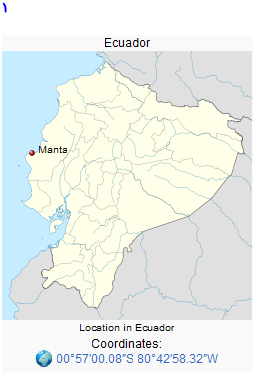
Manta is a mid-sized city in Manabí Province, Ecuador. It is the second most populous city in the province, the fifth most populous in the country and, economically, the third most important city of Ecuador. Manta has existed since Pre-Columbian times. It was a trading post for the Mantas. According to the 2001 census, the city had 192,322 inhabitants. Its main economic activity is tuna fishing. Other economic activities include tourism and a chemical industry with products from cleaning supplies to oils and margarine.
Manta has one of the most solid city economies in Ecuador. The main industries are fishing and tuna canning and processing. All of the major International tuna corporations have sizeable factories in Manta.
Montecristi, Ecuador – In Montecristi, Ecuador live a handful of master weavers, the creators of the finest straw hats in the world “Montecristi Panama Hats”. Hats so fine, they almost defy description. Montecristi panama hats are made from toquilla straw, hand-split into strands not much thicker than thread and woven so finely, at first a panama hat appears to be made from linen. Masterpieces of detail, the edges of these panama hats are woven back into the brim never trimmed and sewn like lesser quality panama hats. Each Panama hat is woven by a single artisan, hand-blocked, and can take months to complete.
Montecristi is internationally renowned for the high quality of the “Panama Hats” they produce (yes, you read correctly, Panama Hats are and always have been from Ecuador and not from Panama). Lying at the foot of a large hill called Montecristi, the small town of the same name has many attractions such as Eloy Alfaro’s (an ex-Ecuadorian President) house and museum.


We arrived in Manta, Ecuador early, about 6:00 AM. I awoke and managed to get a couple of early morning photos of the bay. It was filled with fishing boats, large and small. Manta is the world capital for tuna fishing.
Our tour was not scheduled until 9:10 so we went to the Lido for breakfast. Docked next to us was the commercial fishing vessel Uranus. It was in the process of unloading its catch.
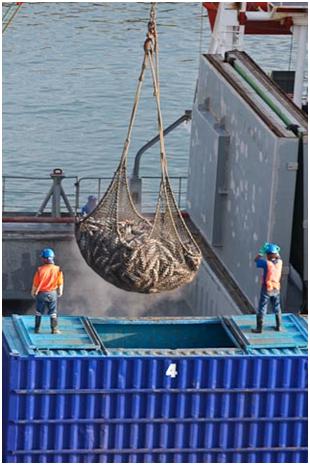

I must say I have never seen so many fish in one place! Yes, that truck is loaded with huge containers filled with tuna.
We began our excursion with a tour of the town of Manta. It is an interesting small city with a very congenial population. The city is built on hills which boarder the shore. It is a mix of the old and new. 
This was a typical power line post. Well maybe not typical, I saw many which appeared to be much more in disarray than this one!
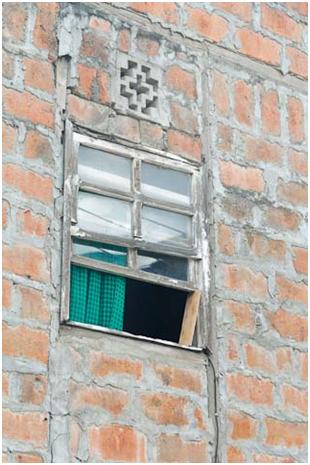
An interesting residential building window

I am not sure what they were waiting for, but it made an interesting photo.
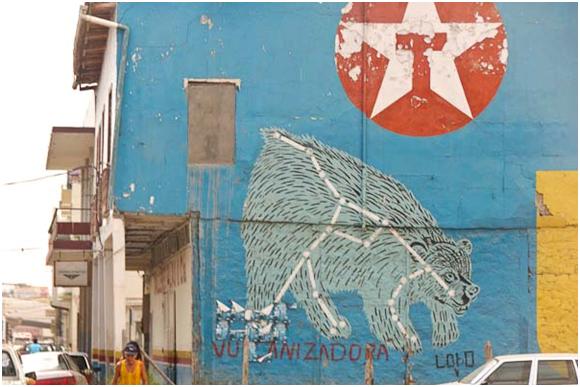
I was struck by this depiction of Ursa Major on the side of a building (with a Texaco sign). I have no idea of the meaning or the reason for the sign. At this latitude (we are about 0.4 degree south of the Equator), I don’t even believe the constellation is visible year-round
From downtown, we proceeded to the fishing beach. It is this area where the local fishermen bring their catch. These are the small boats which go out for several weeks to fish then unload their catch to larger mother boats. This is pretty much an unregulated business. The quality of the fish do not meet commercial standard so they are sold only to the locals. It was very interesting and smelly.
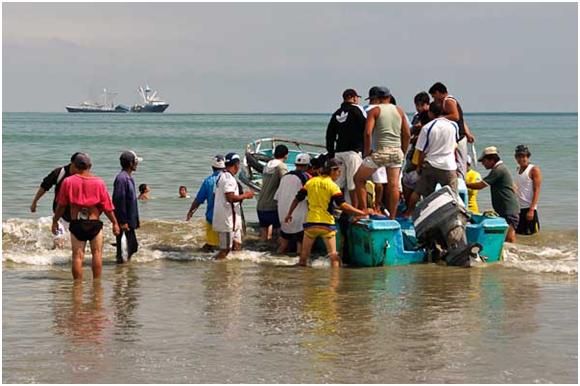
A boat has come in and is about to be unloaded.
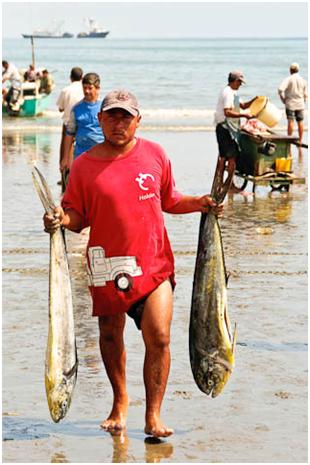

Carrying the catch to shore
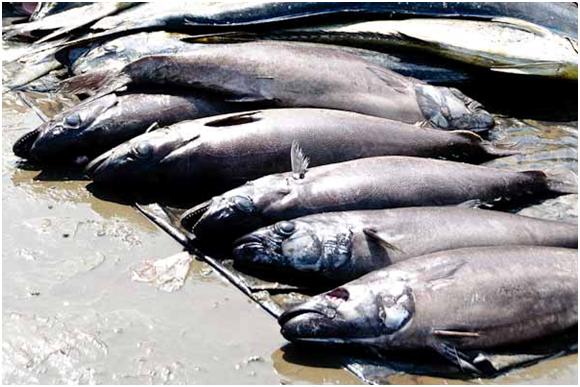

Fresh fish anyone? Well…. Almost fresh
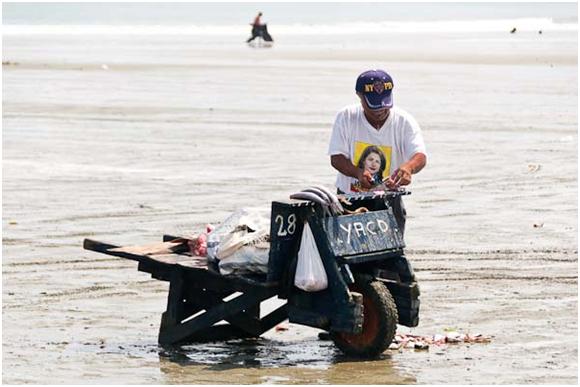
A small one man vendor
One of the more interesting industries in Manat is the construction of the fairly large “mother boats” for fishing. This construction is done on the beach, with the work done by hand. The primary tool used is a chain saw. There were row after row of boats in various stages of construction and reconstruction.

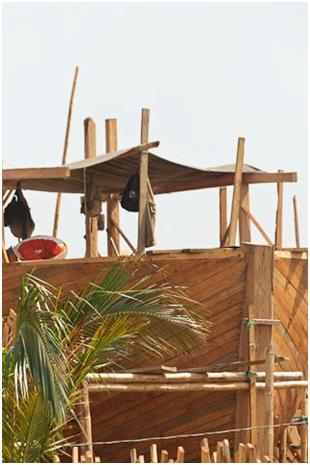

The lumber stack at the beach
From the beach we made our out of town and up the mountain to Montecristi. This is what I was looking forward to. This town has been know for over a century for it’s fine Panama hats. As noted in the introduction all authentic Panama hats come from Ecquaor and the best come from Montecristi.
We had the opportunity to watch the crafting process of these hats as well as the opportunity to purchase a few.
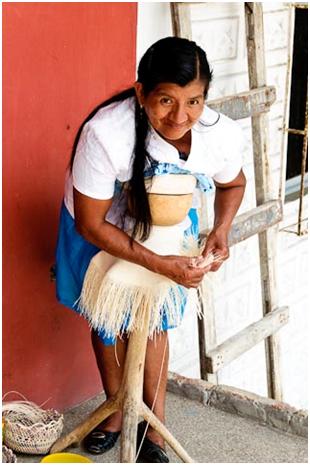
Crafting a Panama hat. I can’t imagine a more uncomfortable position to spend the day working.

The individual palm fibers are separated by hand into thin strands. The finer the strand, the closer the weave and the more finished and costly the hat.
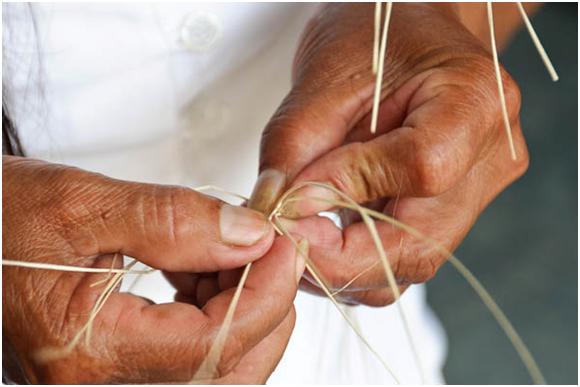
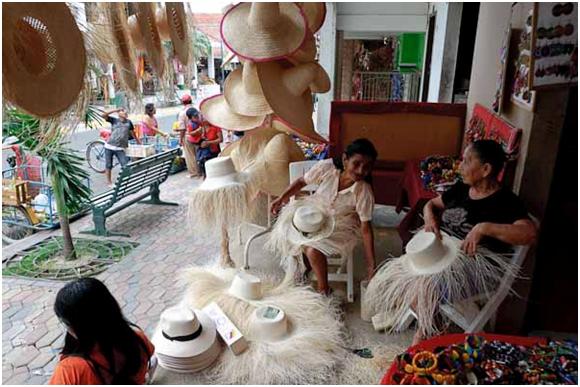
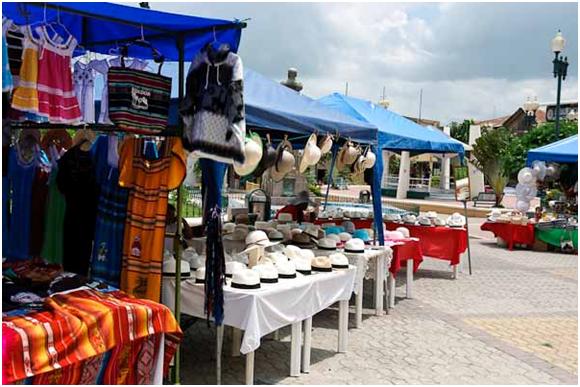
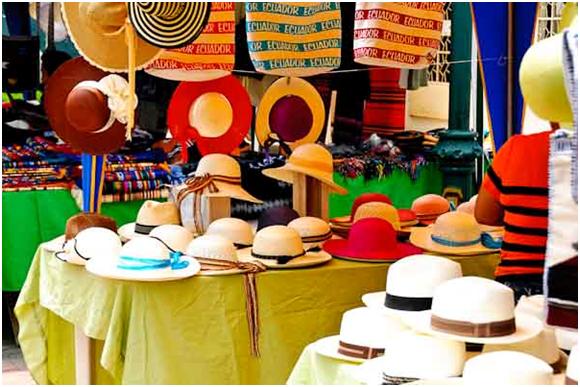

Hats for SALE!

This is the lady and her daughter Kay and I purchased our hats from.
While in Montecrist we also visited the General Eloy Alfaro Delgado Mausoleum and Museum. Alfaro is an ex-president of Ecuador who advanced the country tremendously in the late 1800’s and early 1900’s.

Alfaro Mausoleum
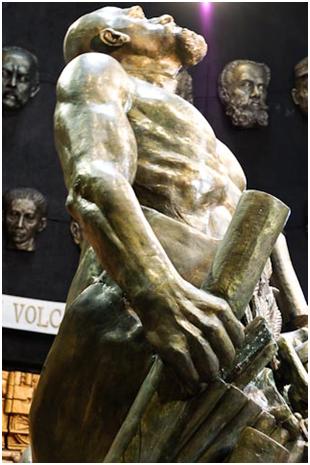
Statue of Alfaro in the Mausoleum
When traveling in foreign countries you must always expect the unexpected. This is especially true when in less developed countries. Things the locals take for granted can be pretty shocking to the uninformed American tourist. Upon our arrival in Montecristi, several of us needed to respond to the call of nature. Upon inquiring with some locals, we were directed to the banos. We first noted there was not an outside door, secondly the men’s and women’s stalls were in the same room and finally if you wanted to use the urinals, they were located in the open large room and you could pull a curtain. Also there was a charge of 25 cents, which was not unusual except this was the lowest price we had seen (thank you Janet for paying for everyone). When you paid the gentleman sitting at the desk inside the door, he then gave you some toilet paper. It was an interesting experience, but the facilities were very clean.

Kay exiting the toilets, note the “man” on the stall just inside the door J.
Tonight we dined in the Italian restaurant on ship. The food was very good and a nice change of pace from the formal dining fare. We finished dinner around 8:00 PM and our next “event” was not until 10:00 when the scheduled entertainment was a comedian. Then at 11:00 the Indonesian crew was performing a production they have been rehearsing for the enjoyment of the passengers.
Kay and I came back to the cabin; she took a nap and I worked on the blog; we then started our evening activities. The comedian Elliot Maxx was incredibly good. I don’t believe I have laughed so hard in a long time. The Indonesian crew show was fabulous. It was produced and completely performed by the crew. The Indonesian’s are primarily dining room staff; everything from busboys to dining room managers. It also included the ship’s florist and several bell boys. There were traditional dances as well as singing and the accompanying band was also crew. I was pleased at the large turnout for the show; the showroom was almost full and everyone seemed to thoroughly enjoy the production.
The crew lined the exit doors and we all had an opportunity to speak to those we knew. They were very appreciative of our attendance. It is hard to explain how hard the guys and girls work and still remain so attentive and pleasant. The several whom we have got to know more personally are all wonderful people. They are almost all college educated, have families (many times wife and children) at home and often are independent small business owners. They make the sacrifice of being away from home for 9 to 12 months in order to help obtain their goal which varies from individual to individual. As Thom, our cruise director, has said these are the people who make the Prinsendam so successful. Holland America Line has the highest repeat rate of any cruise line and the Prinsendam has the highest repeat rate in Holland America Line; despite the fact that she is the oldest ship in the fleet.
We have a sea day tomorrow and then we are at Panama City on Sunday and start the canal traverse early Monday morning.
Posted in Ports of Call
2 Comments
Day 57 & 58 – Wednesday & Thursday, March 2 & 3 – At Sea
We are into our second day at sea. I usually do not post on sea days due to the lack of anything of interest. The last two days though have had several items which I thought some of the readers might be interested in. Before continuing I just wanted to tell you how marvelous the weather and sea has been these past two days. As I write, the Pacific is so calm and smooth virtually the only ripples on the ocean are from the gentle wake caused by the passage of the Prinsendam. The wind is calm and the temperature is in the high 70’s. Absolutely beautiful.
Yesterday afternoon around 3:00 PM the ship began a moderately hard turn to starboard. The captain almost immediately announced the reason over the intercom system. It appeared a small vessel had been spotted which was apparently waving a white flag. Of course this is the international maritime symbol of someone in distress. The Prinsendam was deviating course to see what the problem was and if we could be of help. I think almost everyone onboard immediately thought of pirates and it was some trepidation on our part that we very slowly approached the small boat.
With my camera and telephoto lens I could make out what appeared to be a small fishing boat on which I was able to count seven men. 
When they began to power toward the Prinsendam, it was obvious that they were not without power. This did nothing to reassure me. They continued to approach the bow of the ship and I lost sight of them from my veranda. About 15 minutes, during which the Prinsendam had maintained a stationary position, our cruise director announced that the boat was a Peruvian fishing vessel whose fresh water tank had ruptured about two day ago. It just happened we were as far offshore as we were because of the coastal fog. Otherwise, we would never have seen the fishing boat.
Later we learned that the Prinsendam supplied the fishermen with about 40 gallons of water, a case each of bananas, apples and oranges as well as a box of bread. It would take the small boat about 5 days to reach home. We suffered a two hour delay, but hopefully made a great difference to the small crew on the fishing boat. The delay for us of course was easily made up and everyone had something to talk about during dinner!
This morning we were able to take a brief tour through the ship’s galley. This used to be a standard tour on most cruise ships and we had done it before. Apparently, now, this is not frequently offered. Earlier we attended a question and answer session with the chief procurement officer and the head chef. Briefly here are some statistics which were given. Remember these numbers are for the passengers only, not the crew. There are about 750 passengers.
To date, and there are 10 days left on the cruise, we have consumed:
45,000 pounds of red meat
16,000 pounds of poultry
18,162 pounds of fish
5,000 pounds of butter and margarine
83,628 pounds of vegetables and fruits
9,000 pounds of potatoes
16,000 pounds of watermelon
76,000 fresh eggs + eggbeaters
8,000 pounds of cheese
21,141 pounds of rice
28,000 pounds of flour
5,000 gallons of ice-cream
14 ½ tins of 1KG each caviar (31.9 pounds) at $1,980 per pound
Also 10,464 rolls of toilet paper!
UNBELIEVABLE!
Here are some photos of the galley.

Big pots for big meals!

Butcher shop

Bakery

Beverage storage, we were give champagne on the tour.

Bags of carrots in the cooler

Florist shop

I found this sign humors, but it was quite serious. (It’s good to know!)
Just after lunch today, we passed a huge group of dolphins. There must have been a hundred. Here are a few photos.




They were quite fun to watch and you can’t really tell how many there were from the photos, the covered a huge area.
I’m back. We just returned from participating in a “Cabin Crawl” with a group of cruisers from the Cruise Critic Forum. This is basically a tour of different cabins. To make it more interesting and fun, everyone contributed $5 each into a pot. At each room we had “cheap” Chilean wine and cheese. We also drew a single card from a deck and recorded the card. At the end of the crawl, the person with the best hand won 80% of the pot and the worse hand won 20%. In this case all the winnings were donated to an orphanage in Ecuador. One of our fellow “crawlers” is from Ecuador and is returning for the first time in 20 years. She has made arrangements to meet family and visit the orphanage. In addition to the cash, several of us have school supplies and candy which we are sending with her. We had great fun and feel like we maybe did something good as well. What more can you ask for in life?
We are arriving in Ecuador tomorrow and I look forward to getting a Panama hat!
Posted in Ports of Call
2 Comments
Day 55 & 56 – Monday & Tuesday, February 28 & March 1 – Callao (Lima), Peru


Callao is the largest and most important port in Peru. The city is coterminous with the Constitutional Province of Callao, the only province of the Callao Region. Callao is located west of Lima, the country’s capital, and is part of the Lima Metropolitan Area, a large metropolis that holds almost one-third of Peru’s population. Callao borders Lima Province on the north, east and south, and the Pacific Ocean on the west.
Lima is the capital and largest city of Peru. It is located in the valleys of the Chillón, Rímac and Lurín rivers, in the central part of the country, on a desert coast overlooking the Pacific Ocean. Together with the seaport of Callao, it forms a contiguous urban area known as the Lima Metropolitan Area. With a population fast approaching 9 million, Lima is the fifth largest city in Latin America, behind Mexico City, São Paulo, Buenos Aires and Rio de Janeiro. Lima has been defined as a beta world city.
Lima was founded by Spanish conquistador Francisco Pizarro on January 18, 1535, as La Ciudad de los Reyes, or “The City of Kings.” It became the capital and most important city in the Spanish Viceroyalty of Peru. Following the Peruvian War of Independence, it became the capital of the Republic of Peru. Today, around one-third of the Peruvian population lives in the metropolitan area.
We arrived in Callao, the seaport adjacent the capital of Lima just after daybreak. Our arrival, as I was expecting from reading, was in fog. This area has a most unusual climate. The rainfall is very sparse, Callao only received about 1.5 inches per year, and a few miles inland Lima only get about 2.5 inches per year. Despite the minimal rainfall, the area experiences an almost persistent fog for about eight months of the year.

As a result of the fog and limitations on photography in many of the areas we visited I have few new pictures to offer, but I will share what I have.
On Monday, we visited the Larco Museum. This is a private collection of Pre Columbian art. The collection consists of over 45 thousand pieces of pottery as well as gold, silver and linen exhibits. Both the quantity and the quality of the exhibit was extraordinary. When I return home I would like to do some further research on Larco, the founder and collector. One of the disappoint things about most exhibits in South America, Museums and other cultural sites, is the lack of visitor information. It is usually very minimal or nonexistent. When literature is available it is often only in the native language, which certainly is better than not having anything, which is more likely the case.
The Larco did allow photography and I took a large number of photos but I will spare you, the kind viewer, an overload of Pre-Columbian artifacts. Kay and I are pottery collectors and as such have a greater interest than most in this area.
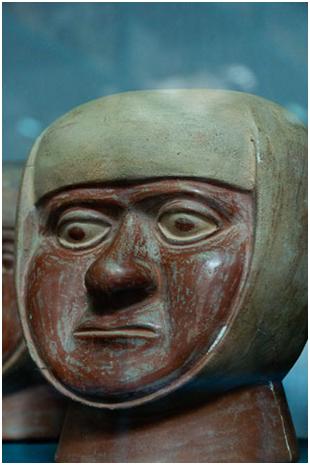

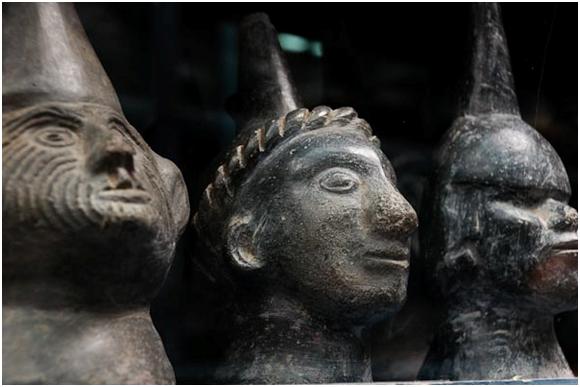

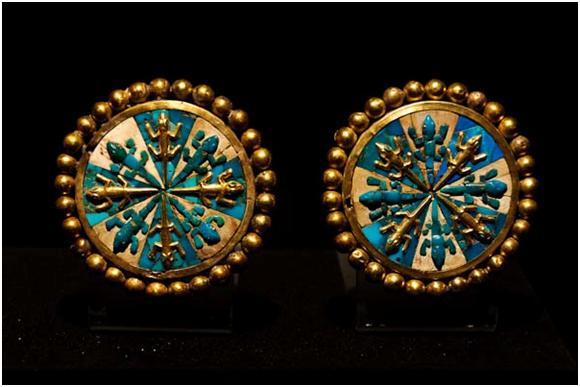
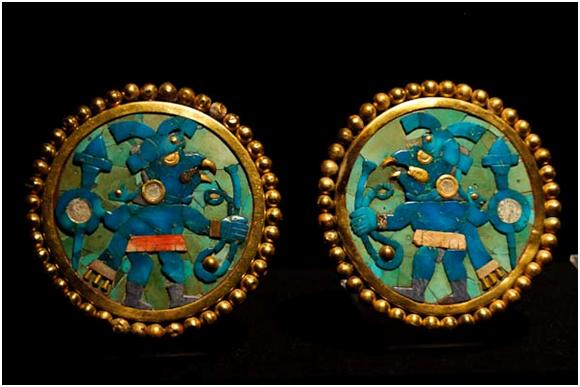
Ear Ornaments
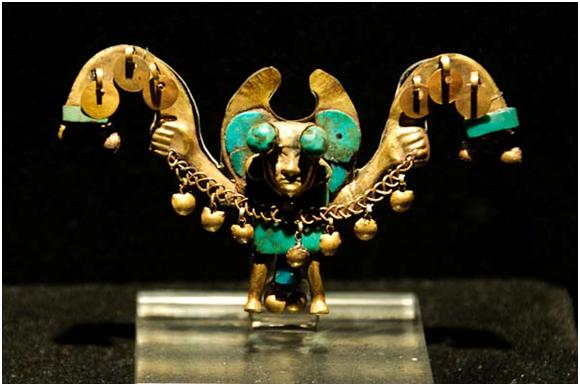
Nose Ornament

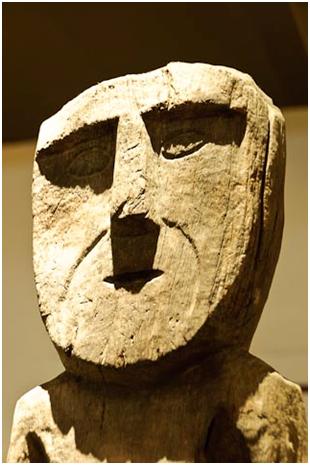

Silver knife and cup, used to cut the throat of captured enemies and catch their blood for offering to the priest.

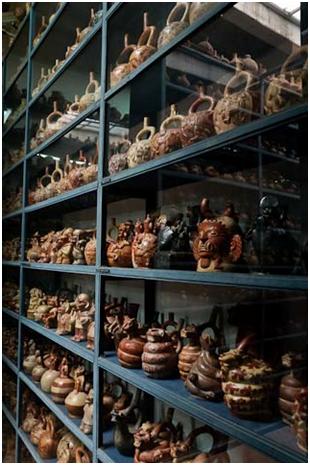
Storage Rooms for pottery not on display.
The museum, in a separate building has an exhibit of erotic Pre-Columbian art. Since this blog is not rated restricted, I will not display photos of this art. Leave it to say that the Inca’s left nothing to the imagination!
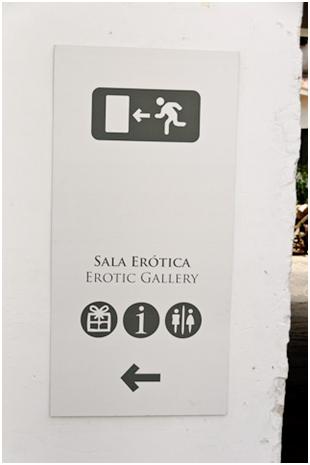
We visited the Monastery of San Francisco


It is a beautiful Church, which over the centuries has experienced considerable damage and repair from earthquakes. Unfortunately photography was not allowed in the church. We visited the catacombs which was quite interesting. It is estimated that the bones of between 30 thousand to 75 thousands souls are located here. We saw a lot of them!
It was of course a little creepy, with limited light, low ceilings, uneven flooring and unexpected steps. To make it even more creepy, a movie was being filmed and you saw characters in dark robes wandering around (and they were not the monks).
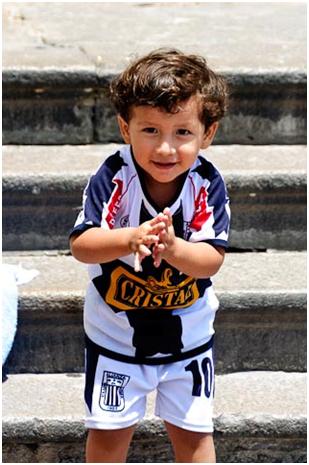
This little boy was feeding the pidgins outside the Cathedrial.
On Tuesday we visited the Inca ruins of Pachacamac. This is a 1200 acre area which is under archeological survey and restoration.
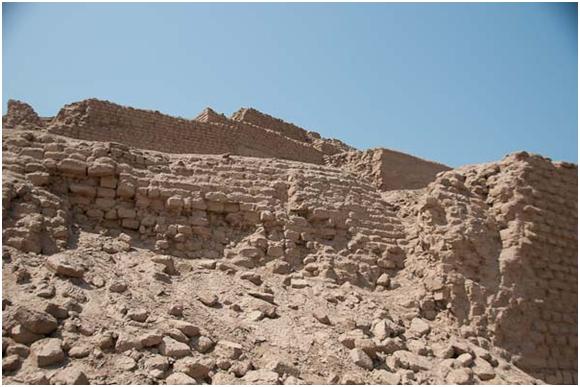

The Temple of the Sun. This area was occupied from approximately 200 A.D. to 1550 A.D. This is considered some of the latest Inca ruins. The most exciting thing which happened here was when someone in our tour group (name withheld to protect the innocent) was propositioned by a guard. (Oh, this wasn’t anyone from the Soleil contingent.)
It was funny afterward, but she was quite upset initially which is understandable. Perhaps he had some of the ancient Inca bloodline? (see erotic museum above J)
I will finish up with a couple of photos around the city.
You would see hills covered with houses like this. There are no roads, to reach your home you must climb the stairs and sometimes the distance must have been at least half a mile. In many areas private companies were planting trees to discourage the squatters from occupying private land.

Note the trees on the left side of the hill

This little van looks like a Matchbox car!
We have two days at sea then arrive in Ecuador. The trip is nearing its end with only 10 days remaining. It has been great but I am looking forward to getting home and seeing friends and family. Of course I am not looking forward to sorting the piles of mail and getting ready for income tax L.
Posted in Ports of Call
2 Comments
Day 54 – Sunday, February 27 – General San Martin – Ballestas Islands, Peru
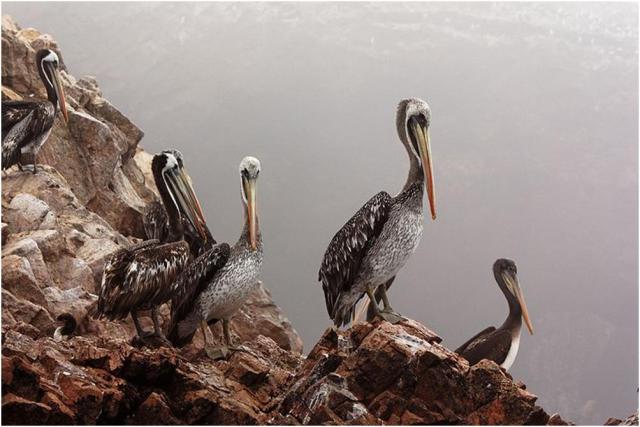
Pisco is a city located in the Ica Region of Peru, the capital of the Pisco Province. The city is around 9 metres (28 feet) above sea level. Originally the villa of Pisco was founded in 1640, close to the indigenous emplacement of the same name. Pisco is a Quechua word that means “bird.” Pisco originally prospered because of its nearby vineyards and is the namesake of the Peruvian grape liquor, pisco.
The area is normally visited because of the concentration of marine animals and birds at the Paracas National Reservation, or the Peruvian Galapagos. At the reserve there are the Islas Ballestas, a collection of islands which are off limits to people, but boat tours can get close. The Chincha Islands are also near its coast. On the islands there are many birds, including pelicans, penguins, cormorants, Peruvian boobies, and Inca terns. There are also sea lions, turtles, dolphins, and whales.
Another attraction in the area is “El Candelabro”, a giant lamp dug in the rough sand in the method use by the creators of the Nazca Lines. The origins of “El Candelabro” are not known and theories vary. Experts are divided over the authenticity of the lines.
The Pisco origins are from one of the major ancient civilizations in Peru, the Paracas culture. Due to its ease of access, and its crossroads to the Andes the Spanish considered making Pisco the capital, before they decided on Lima.
In the city is the Plaza de Armas, where people hang out and buy tejas, small sweets made from pecans and assorted dried fruits. Many different building that surround the Plaza are the statue of José de San Martín, the mansion he lived in, and the Municipal Palace. Other building in the city is the heavy Baroque Iglesia de la Compañía, begun in 1689, features a superb carved pulpit and gold-leaf altarpiece.
Near the town, just off the road to Ayacucho, lies the large well-preserved Inca site of Tambo Colorado.
The city has a population of 116,865 people.
We arrived at General San Martin about 8:00 AM. There is literally nothing here but a pier and a commercial dock work. It appeared that the major export from General San Martin is salt. There were hundreds of trucks lined up the road waiting to unburden their load. Our tour was one arranged with the Cruise Critic forum group. We numbered about 20 and were picked up by bus about 10:00 AM. We were some of the first off the ship after released by customs. We traveled through a portion of the Paracas National Reserveration to reach the small town of Paracas. Here we boarded our boat to the Ballestas Islands. The boat ride itself was an adventure. There was lots of wind and water but it was worth it for the unbelievable wildlife at Ballestas.
Before arriving at Ballestas, we passed by El Candelabra, the Nazca like lines in one of the hills on the bayl
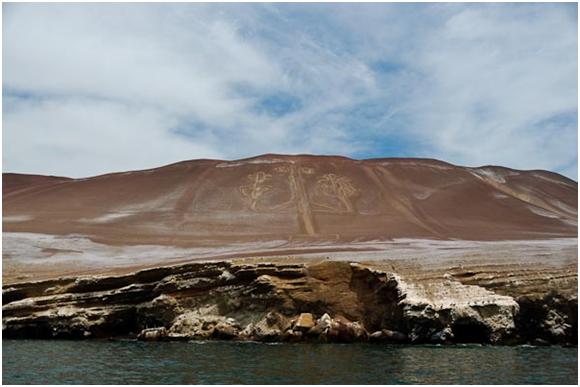

The design is about 600 feet tall and the grooves are up to 3 feet deep.
I was totally unprepared for the magnitude of animal life on the Ballestas Islands. There were Sea Lions by the hundreds, perhaps thousands. Birds of all types by the 100,000’s. Pelicans, cormorants, and even penguins.

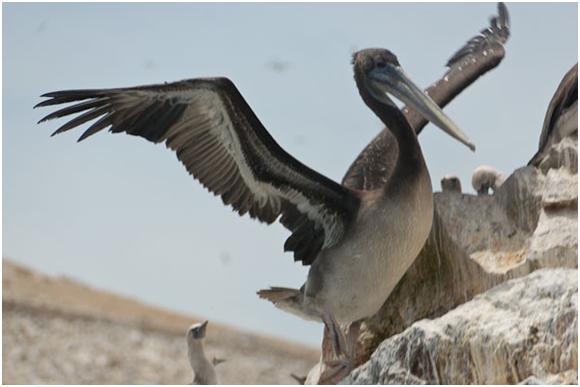



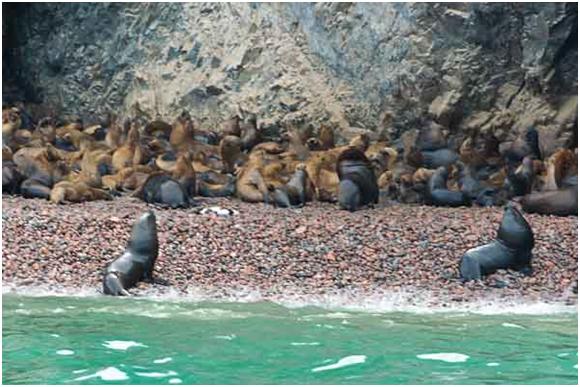

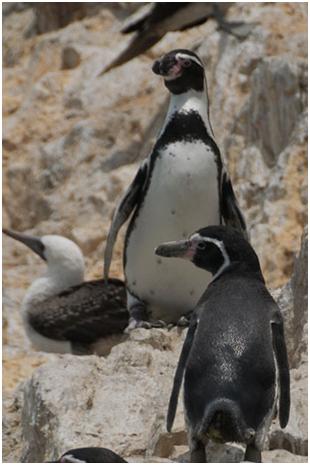

Humboldt Penguins
The photos below are all taken in the Paracas National Reserve. This is a desert park with beautiful shore scenes and much salt. This area was formerly undersea and there are huge deposits of salt.
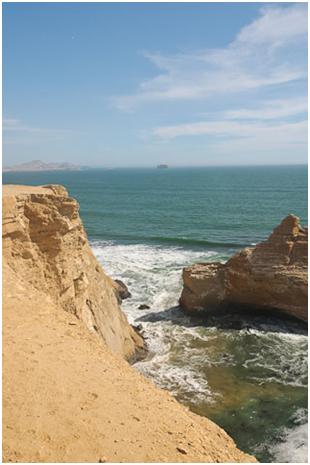


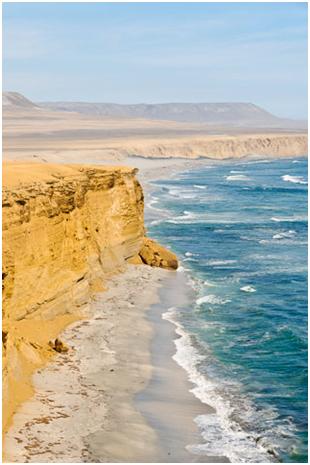
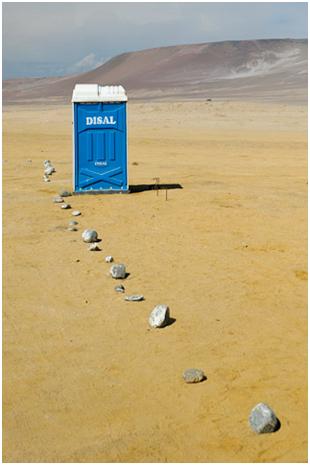
One lonely Porta-Potty!

This hardy gentleman peddled his vending boot over 5 miles through the desert to sell ice-cream treats. Anyone willing to work this hard, I’ll certainly help him out. The ice-cream was good too…
 \
\
One of the rare photos with all six of us!
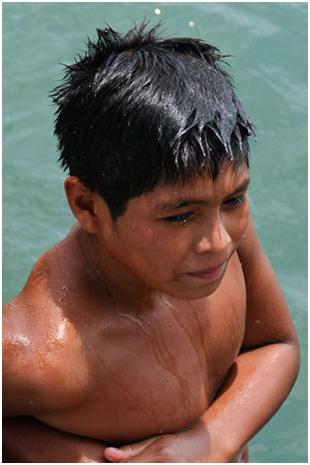
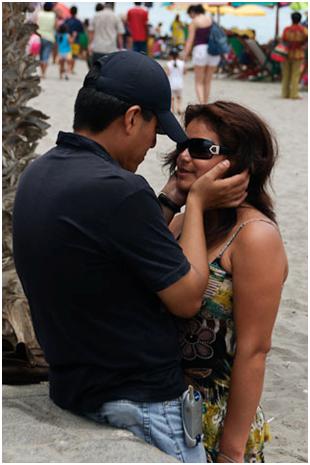
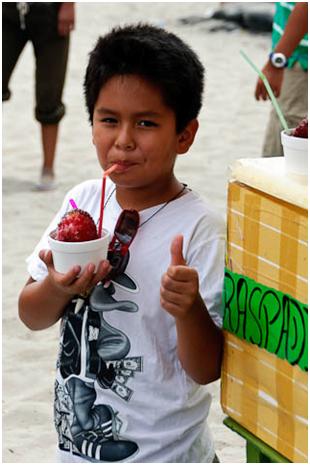
The photographs are of a few locals in Paracas
I didn’t have time for much commentary, I am already a day behind.. Today we toured Lima and visited a fantastic museum. I will try to get some of these photos uploaded soon.
Posted in Ports of Call
4 Comments
Day 50 & 51 – Wednesday & Thursday, February 23 & 24 – Valparaiso, Chile
Below is a collage of photographs from this beautiful and colorful city.
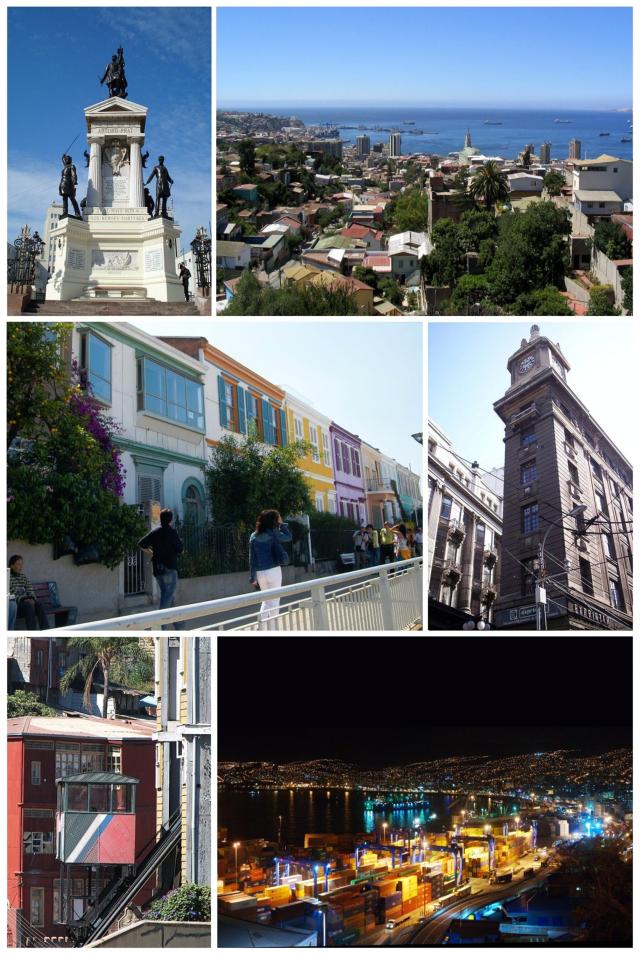
Valparaíso is a city and commune of Chile, center of its third largest conurbation (Greater Valparaíso) and one of the country’s most important seaports and an increasing cultural center in the Southwest Pacific hemisphere. The city is the capital of the Valparaíso Province and the Valparaíso Region. Although Santiago is Chile’s official capital, the National Congress of Chile was established in the city in 1990.
Valparaíso played an important geopolitical role in the second half of the 19th century, when the city served as a major stopover for ships traveling between the Atlantic and Pacific oceans by crossing the Straits of Magellan. Always a magnet for European immigrants, Valparaíso mushroomed during its golden age, when the city was known by international sailors as “Little San Francisco” and “The Jewel of the Pacific.”
Examples of Valparaiso’s former glory include Latin America’s oldest stock exchange, the continent’s first volunteer fire department, Chile’s first public library, and the oldest Spanish language newspaper in continuous publication in the world. The opening of the Panama Canal and reduction in ship traffic dealt a staggering blow to Valparaíso, though the city has staged an impressive renaissance in recent years.
Though nearby San Antonio has taken the reins as the country’s most commercially important seaport (greater tonnage moved), the City of Valparaíso remains a vibrant center of Chilean culture, and the Greater Valparaíso metropolitan area (which includes Valparaíso, Viña del Mar, Quilpué and Villa Alemana) has the third largest concentration of population in the country after Greater Santiago and Greater Concepción. Valparaíso’s bay was probably first populated by Picunches Indians, who were dedicated to agriculture. Other accounts say that it was the Changos Indians who were nomads dedicated to fishing traveling between Caldera and Concepcion. Spanish explorers arrived in 1536, on board the Santiaguillo, a supply ship sent by Diego de Almagro, who is considered the first European explorer, or discoverer, of Chile. The Santiaguillo carried men and supplies for Almagro’s expedition, under the command of Juan de Saavedra, who named the town after his native village of Valparaíso de Arriba in Cuenca, Spain.
During Spanish colonial times, Valparaíso remained a small village, with only a few houses and a church. After Chile’s independence from Spain, Valparaíso became the main harbor for the nascent Chilean navy, and opened to international trade, which had been limited to commerce with Spain and its other colonies. Valparaíso soon became a required stopover for ships crossing between the Atlantic and Pacific oceans, via the Strait of Magellan and Cape Horn, and gained particular importance supporting and supplying the California Gold Rush (1848–1858). In its role as a major seaport, Valparaíso received immigrants from many European countries, mainly from Britain, Germany, France, Switzerland and Italy. German, French, Italian and English were commonly spoken among its citizens, who also had newspapers in these same languages.
International immigration transformed the local culture from its Spanish origins. Football was introduced to Chile by English immigrants, and the first private catholic school in Chile was founded by French immigrants in Valparaíso: Le Collège des Sacrés Cœurs (The Sacred Hearts School) which has been operating for about 170 years. Immigrants from Scotland and Germany founded the first private, secular schools, (The Mackay School, and Die Deutsche Schule respectively). Immigrants also formed the first volunteer fire-fighting units (still a volunteer activity in Chile), while their architecture reflected various European styles, not just Spanish traditions.
The golden age of Valparaiso’s commerce ended after the opening of the Panama Canal (1914), as most ships sought to avoid the Strait of Magellan, and the port’s importance and use was reduced substantially. Traffic has increased in the last few decades with fruit exports, increasing opening of the Chilean economy to world commerce, and Post-Panama ships that do not fit the Panama Canal.
We arrived in Valparaiso about 11:00 AM on Wednesday. Kay, Carl, Janet and I had a private tour which I had scheduled on the internet before leaving home. David and Sandra were doing a HAL tour of a winery and horse farm. We met our guide and driver at 1:00 PM at the customs terminal. This was not as easy as it sounds! Valparaiso is one of the busiest ports in South America. After we docked and were cleared by customs, it was necessary to board a shuttle and be transported over a mile though the docks to the terminal building. Once we were on our way with our guide Jackie and driver Marlene, we had a great time. Jackie is a native of Chile, who lived in Australia from age 2 to 15, thus she spoke excellent English. We had a combination driving/walking tour of Valpo and Vina del Mar. We stopped along the way for a quick light lunch. Valpo is a beautiful city and is much larger than I thought. It has a rich cultural heritage in the arts which is apparent everywhere you look.
For my photos I am concentrating on the graffiti art and the Ascensors (elevators). The Ascensors are a major means of transportation for the people between the lower and upper levels of the city. I was fascinated by these carriages which were built in the late 1800’s and are still in operation. I believe there is in excess of 20 Asensors in the city, but currently only about 16 are in operation. Each one basically consists of two wooden cars with windows which are mounted on a rail track at a steep angle up the hill. As one car ascends the hill the other car descends. The one way fare is 300 pesos, about 75 cents.

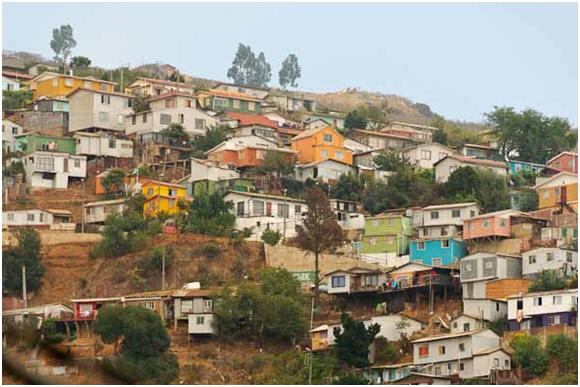
These are is couple of photos of the hillside homes. With all of the earthquakes in the area, you wonder how they stay in place!

We met Juan Valdez on the street.
Now for some street art. It was everywhere and not done is a disfiguring way. There was some very well done artwork and it was respected by not being marked over.
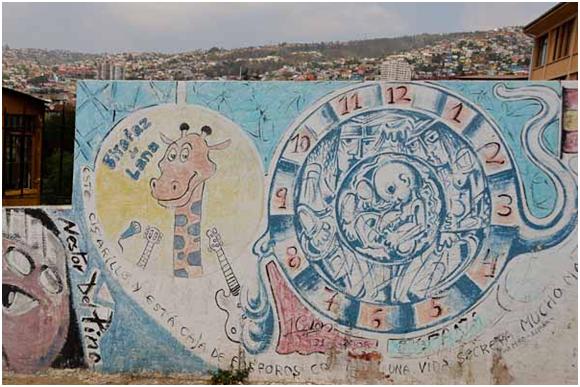
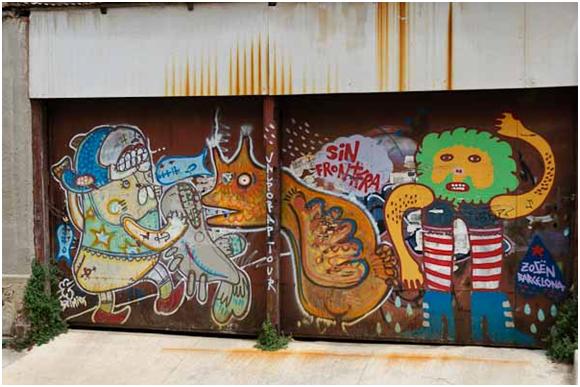



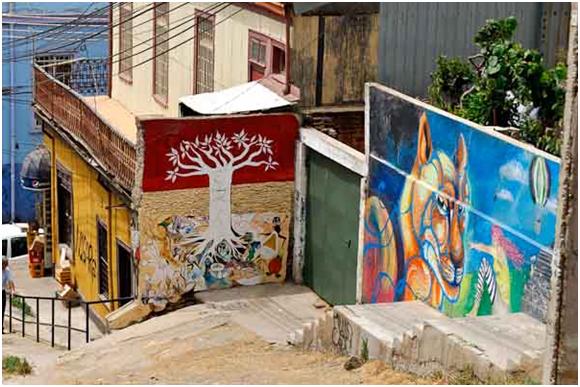
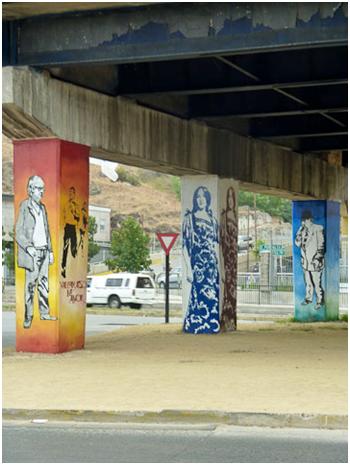

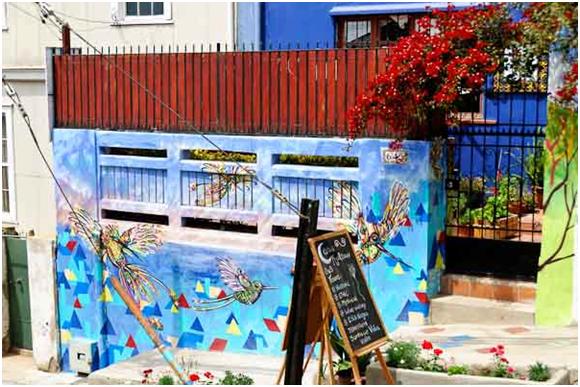
The art was not just on the street, but everywhere. While walking we needed to make a bathroom stop. Our guide spoke with a vendor near the top of one of the acensors. She graciously allowed us to go downstairs into their private area, where they obviously occasionally entertained. The walls were covered with drawings and we had a beautiful view as well. We could even see the Prinsendam.



We visited the home of a local artist and here even the refrigerator was decorated!
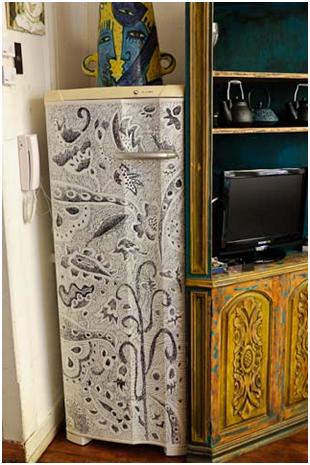

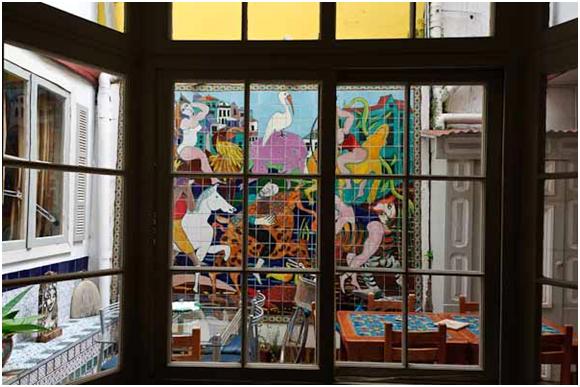
A beautiful tile mural in a small courtyard outside his home.
The next few photographs are of one of the Asensors we rode. This is Asensor Artileria.
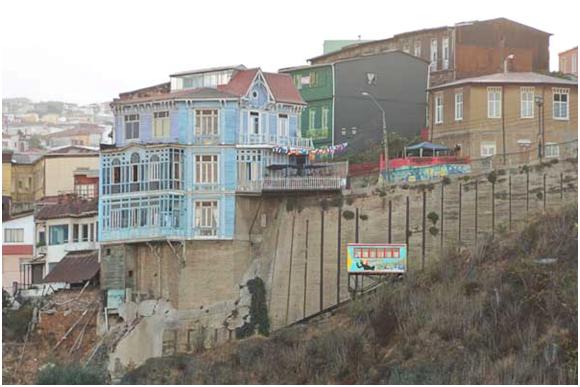
This photograph was taken from our veranda on the ship. Note the blue Asensor in the lower right of the picture. The blue building has a restaurant on the middle floor where we ate. There are more photographs of the restaurant later.
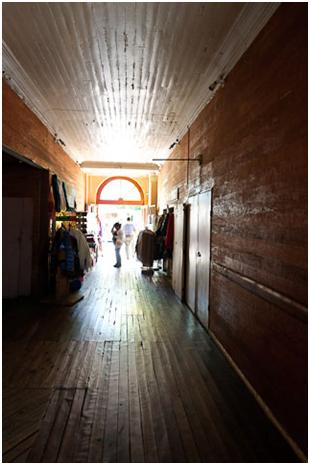
Entry to the elevator, looking back to the street
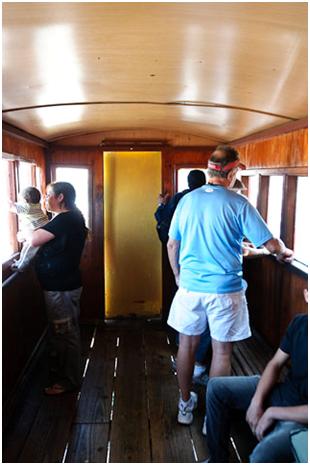
Inside the car, note cracks in the floor!



The restaurant taken from the elevator car, kinda scary!

Young lovers, also taken from the elevator car window

This photo was taken in the restaurant. I am having a Pisco sour and we are literally hanging over the cliff above the ascensor. You can see the Prinsendam in the background. We had scallops and cheese empanadas the best ever!

One of only three genuine Easter Island icons ever removed from the Island.

Famous Flower Clock in Vina de Mar, resort town north of Valparaiso
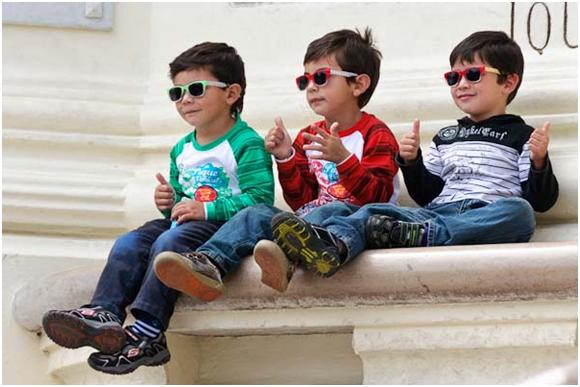
Everything is GOOD!
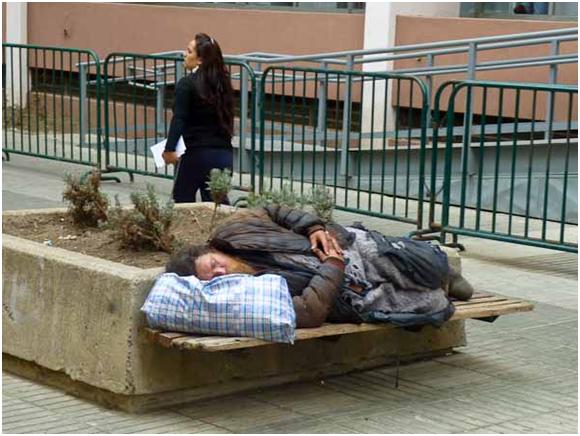
Except for a few… A rare site, not very many homeless were seen in Valparaiso or anywhere else in the Chilean cities we visited. I am sure Santiago has a larger problem; I will have to ask David and Sandra, they went there today.
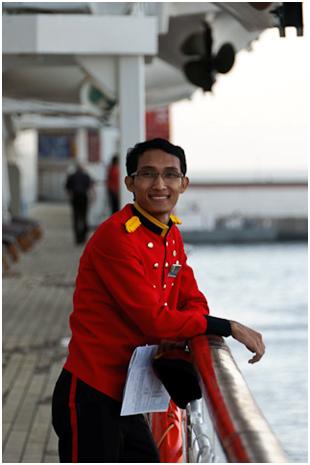
Yokee, one of our evening waiters enjoying a break between dinner seatings

The dock at night with the city in the background.
A great time was had in the City of Valparaiso!
Posted in Ports of Call
Leave a comment
Day 47 – Sunday, February 20 Puerto Montt, Chile
Puerto Montt is a port city in southern Chile, locdated at the northern end of the Reloncavi Sound in th Llanquihue Province, the Lake Region. The population of Puerto Montt is approximately 180,000 and is part of Chilean Patagonia.

Puerto Montt is the capital of the X (tenth) region of Chile and is the main seaport at the end of the western continental land of Chile. One of the many industries in the area is salmon aquaculture. Puerto Montt is often referred to as the Salmon Capital of Chile. Outside of Norway, the cityis configured as the hub of the largest salmon industry of the world. Other important industries include agriculture, forestry and touristy.
Known for its natural beauty, the Lake District’s unofficial boundary is the Bio Bio River which demarcates Chilean Patagonia’s northern boundary. South of the river, earth and water contrive in a series of cerulean lakes that reflect majestic ice-capped volcanoes, and ancient trees.
Named for its 12 largest glacially carved lakes, the region has dozens of smaller lakes as well. Rivers and streams link to some of Chile’s richest freshwater fishing grounds. Six volcanoes line the district’s center.
The area has a definite German influence. The first German colonists arrived in the area in 1852 and their descendants have remained a small but influential part of the culture. This influence may be seen in the European architecture.

View from our anchorage in Puerto Montt
We arrived in Puerto Montt about 8:00 AM. We had a full day tour planned to start at 10:00. The ship was cleared by customs a little early, and Thom our Cruise Director was kind enough to give our group the first tender tickets, since the HAL tours did not start until 10:00 AM. We were on our bus and our tour started by 10:30 which was pretty good time.
Soon after boarding the bus and beginning our fairly long travel to the lake country, we observed a scene from the window which I wish I could have videoed. There was a young boy about 10 or 11 years old obviously taking his younger sister (about 6) to church. It was about 10:30 Sunday morning. They were walking hand in hand down the sidewalk. They met another young man slightly older, maybe 14. As the two young men met each other they stopped, greeted each other and then shook hands. Then the older boy bent over and gave the little girl a hug. They then nodded to each other and continue on their way in opposite directions.
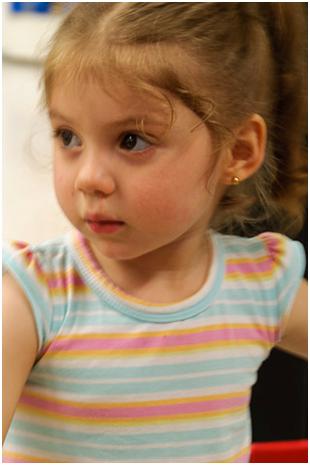
Not the little girl described above, but a cutie I saw in a local market.
The bus ride was long and hot. It was a nice bus, but there was no airconditioning, and the area was experiencing the warmest day of the year. In fact I believe they actually set a record high of around 80 degrees. In addition of the heat, there were several delays due to road construction, even on Sunday. The area is still recovering from the earthquakes experienced last year. There was considerable damage done to their roads. Other than what was under repair, the highways are in excellent condition and the area is most beautiful.
I literally took hundreds of photos of volcanoes and falls, but I will only include a few for your viewing enjoyment!
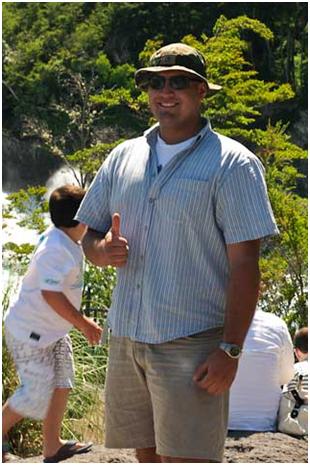
Our guide Philippe, teaches English and speaks several other languages.
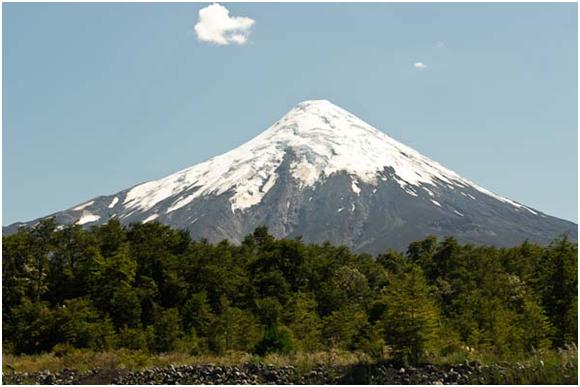
Osorno Volcano
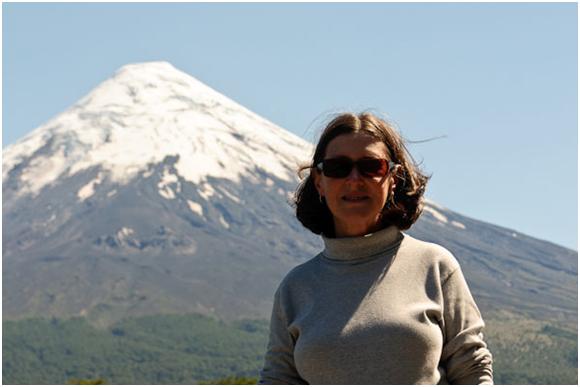
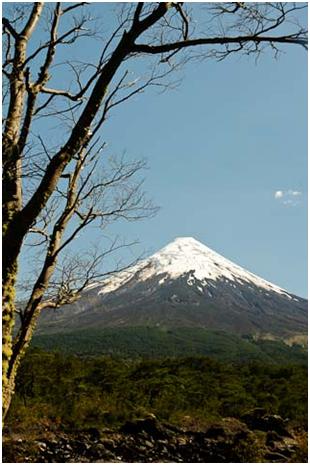
We had a lot of scenic view as we made our way to Petrohue Waterfalls. The falls were crowded, but the falls were wonderful. Supplied from glacial melt, and cut through volcanic rock, the views were spectacular.



This photo was taken from the back yard of the owner of the restaurant where we ate lunch. How would you like this view every morning?
Our lunch was a delicious Chilean Steak and vegetables. It was served with bread and I had a local beer. Dessert was a type of cheesecake with blueberries, I believe. Fruits and berries grow plentiful in this region. Our lunch also included the national drink, a Pisco Sour. As much as I would have like to try the drink, we had been warned before leaving the ship to be careful. One of the ingredients is whipped raw egg white. If it is not prepared properly, food poisoning to our uninitiated stomach can result. Most of our group passed up the Pisco. Hopefully our host was not offended.
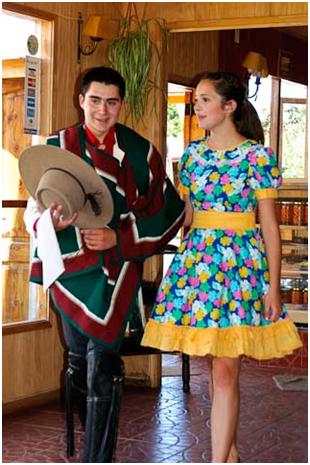
During lunch we were entertained by this young couple who performed some of the traditional dances of the region. The young lady was the daughter of the owners of our tour company.
We made our way back through the construction to the small town of Puerto Varas, located on Lake Llanguihue. Here we watch thousands of people enjoy the chilly waters of the lake. It’s a Sunday and it’s summer here. The locals were not only enjoying the beaches, but each other as well!
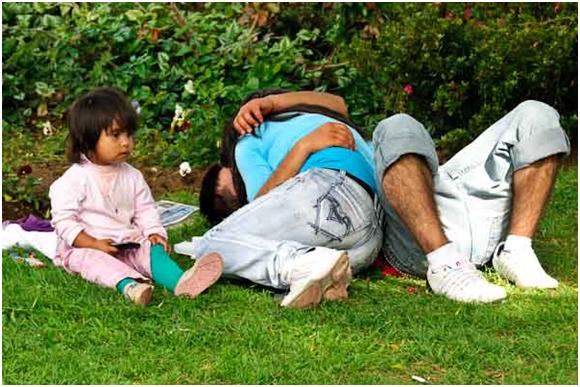
The little girl was holding a cell phone, perhaps to call 911 in case of an emergency?
On our way back, we stopped at a supermarket. Most of us wanted to pick up a few things to take back to the ship. We got a fifth of Jack Daniels ($31) and a 6 pack of can coke ($4). Holland America is very considerate with their policy regarding alcohol, at least on the longer Grand Voyages. There has not been a problem with bringing beer, wine or liquor onboard. The market was as modern as any you might see in the states. It was located inside a larger mall. As we were leaving, Kay noticed a McDonalds. What was interesting it that it was a kiosk.
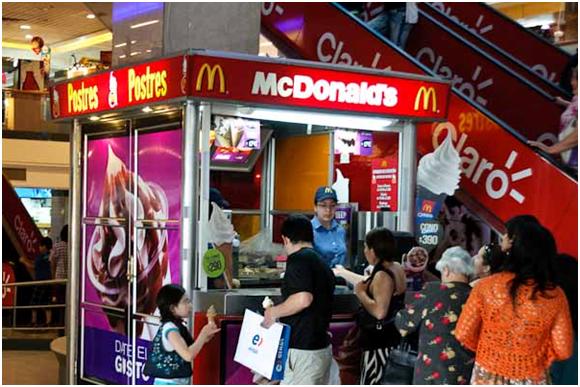
I don’t believe I have ever seen one like this before. McDonalds is everywhere…
Here are just a few more photos I will throw in which I took today.
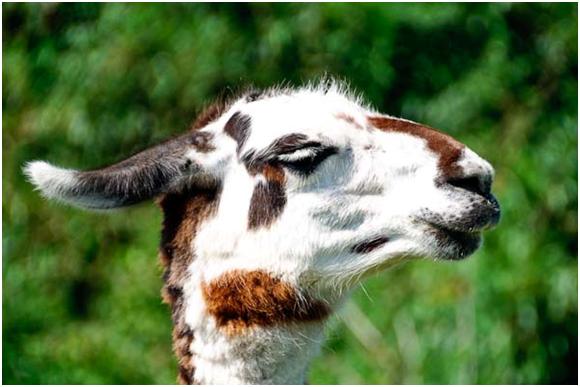
Llama seen along the highway.
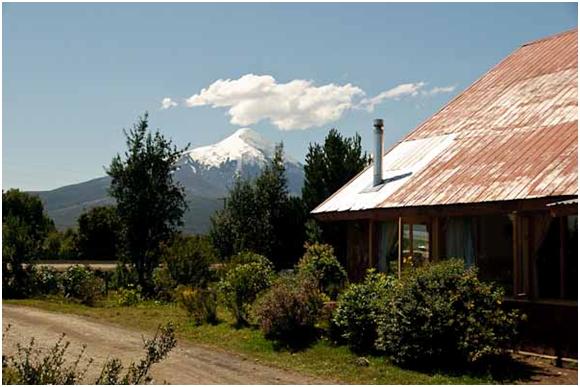
Another volcano photo

Carl look across from his veranda.
We are at sea on Monday and will be at Robinson Crusoe Island on Wednesday.
Posted in Ports of Call
2 Comments

